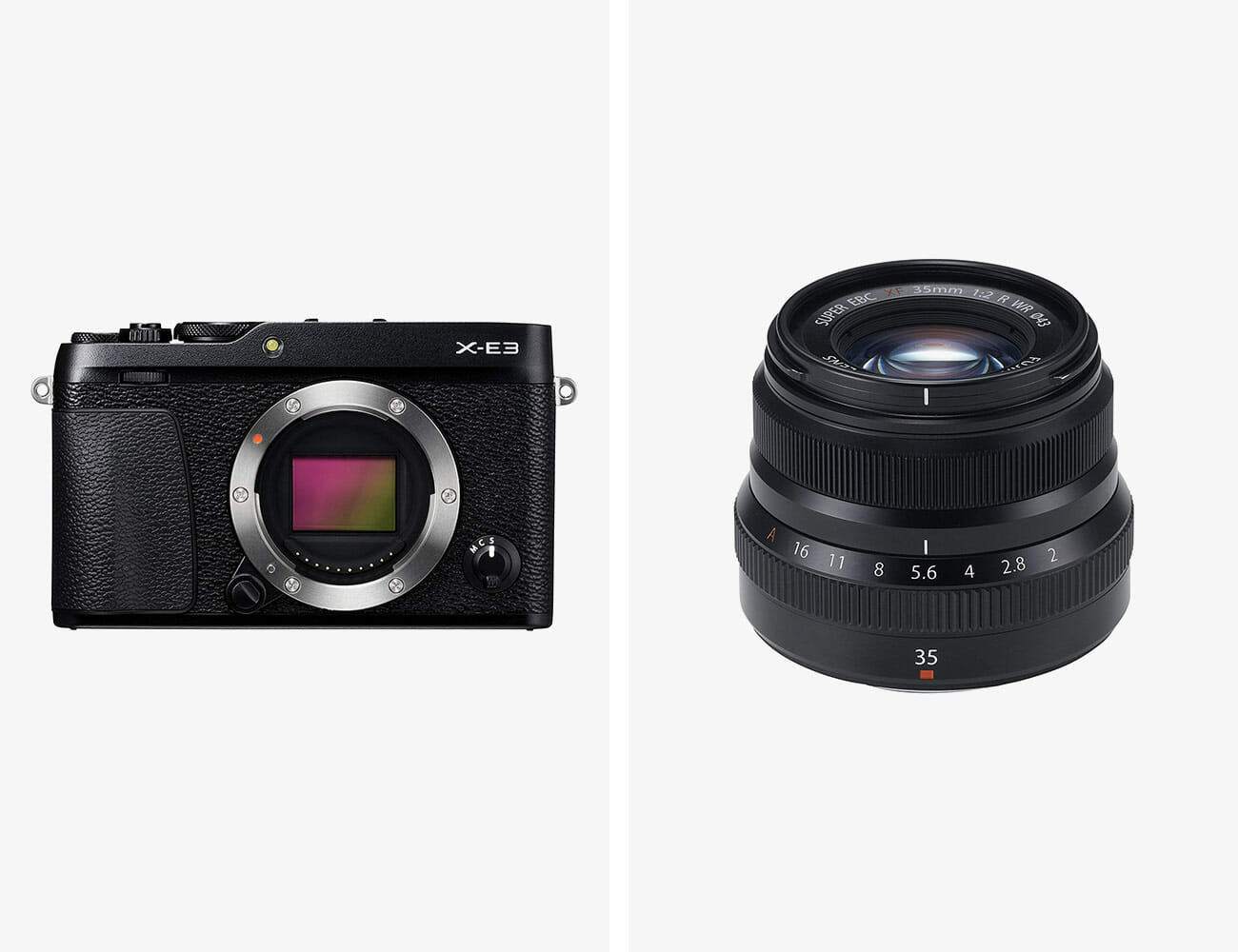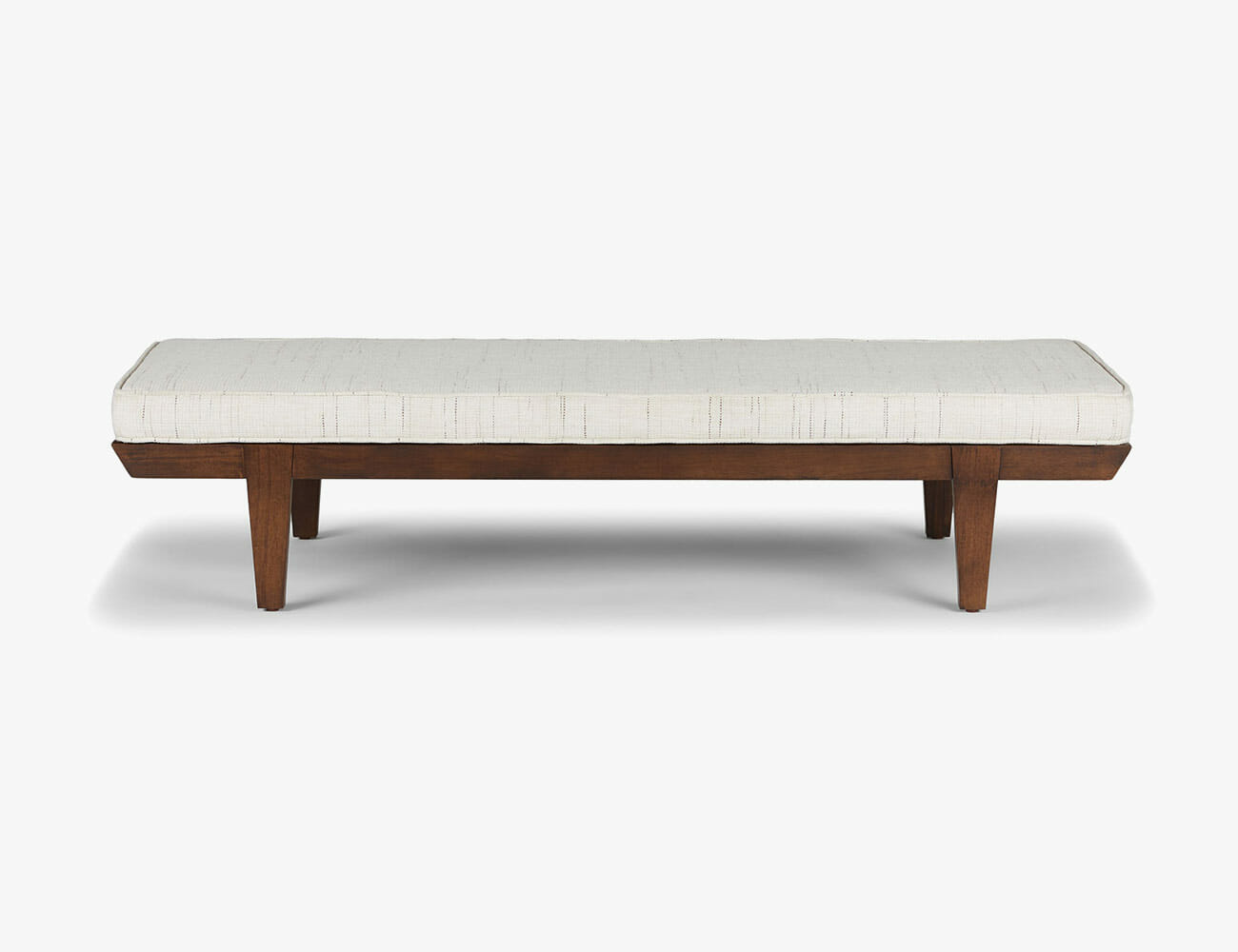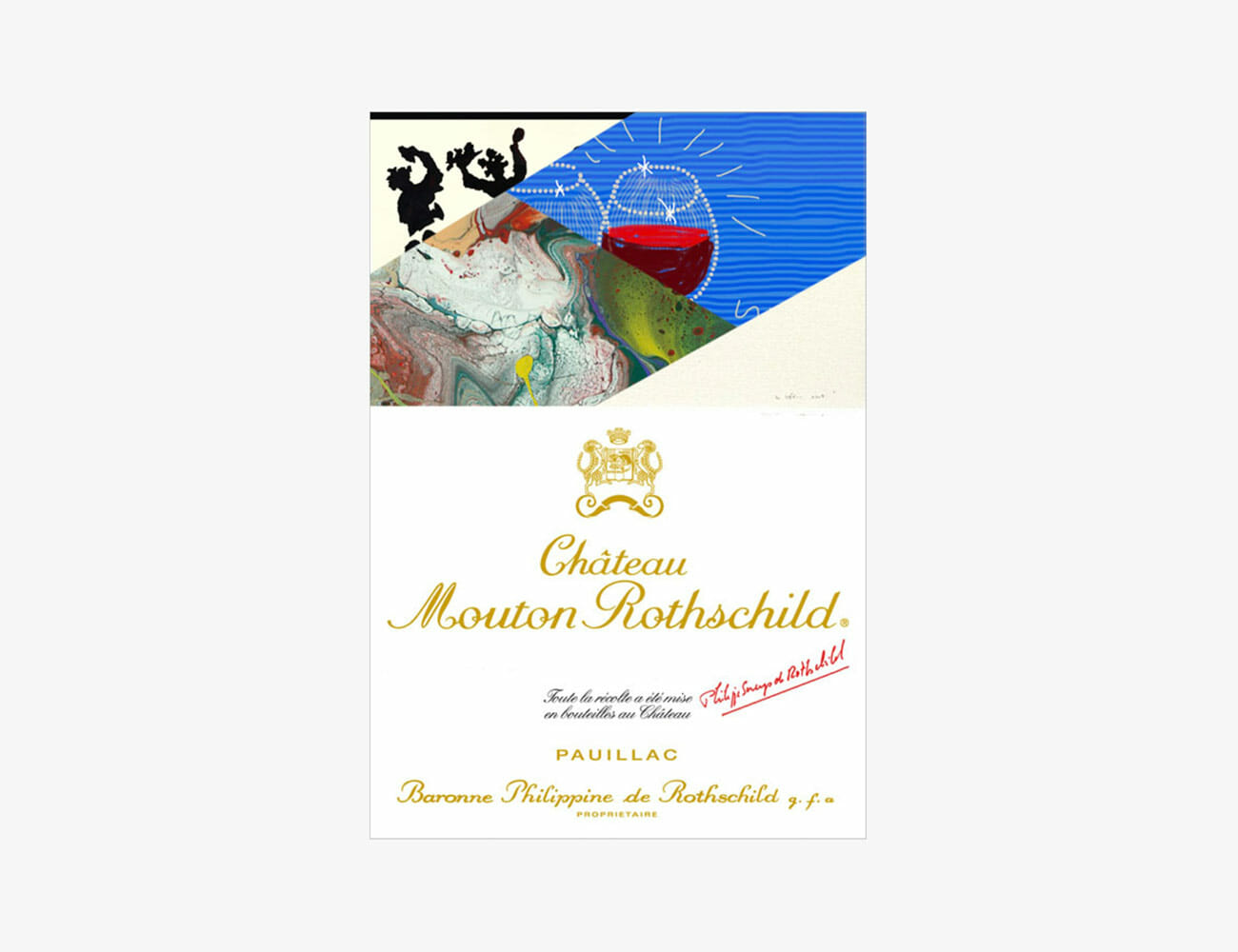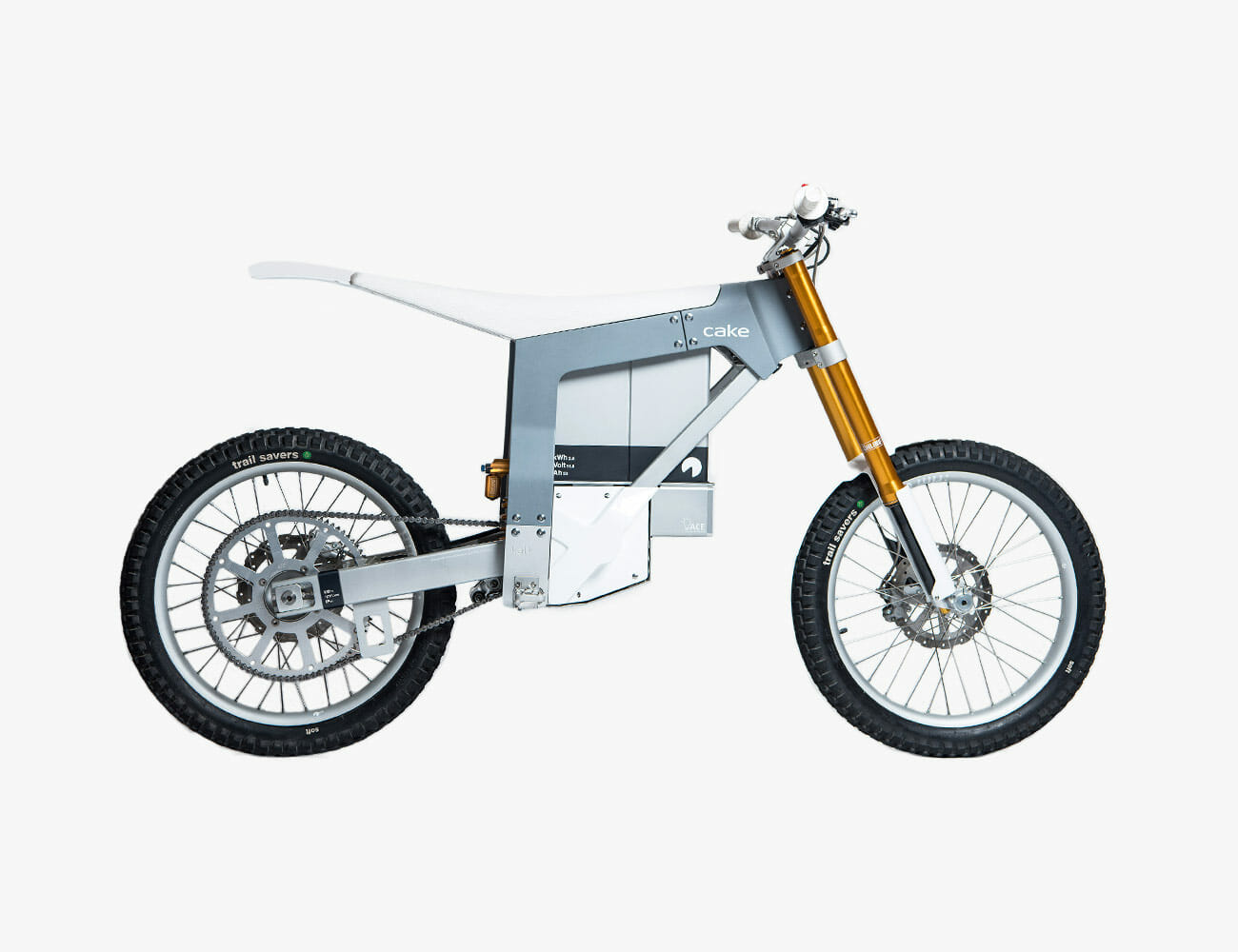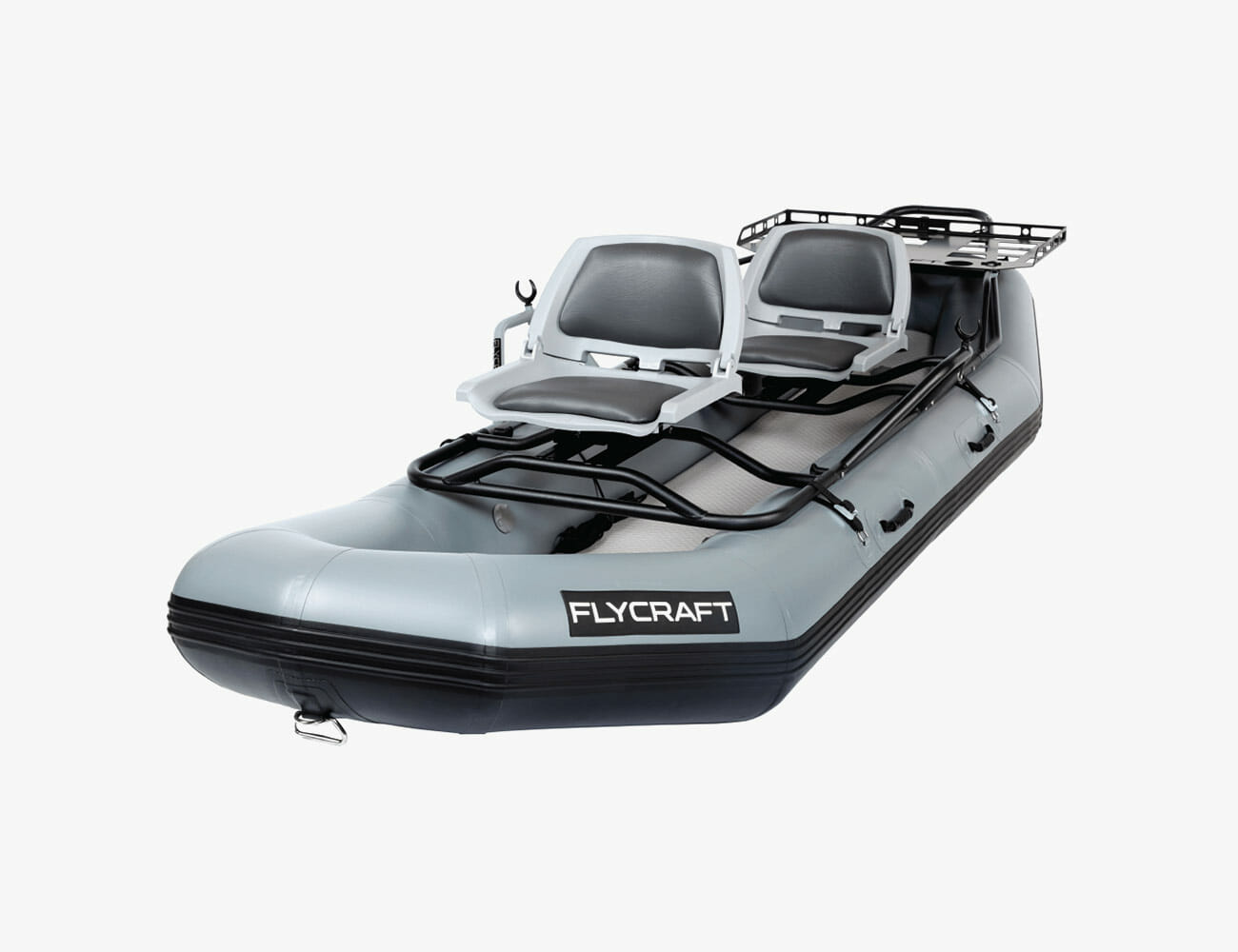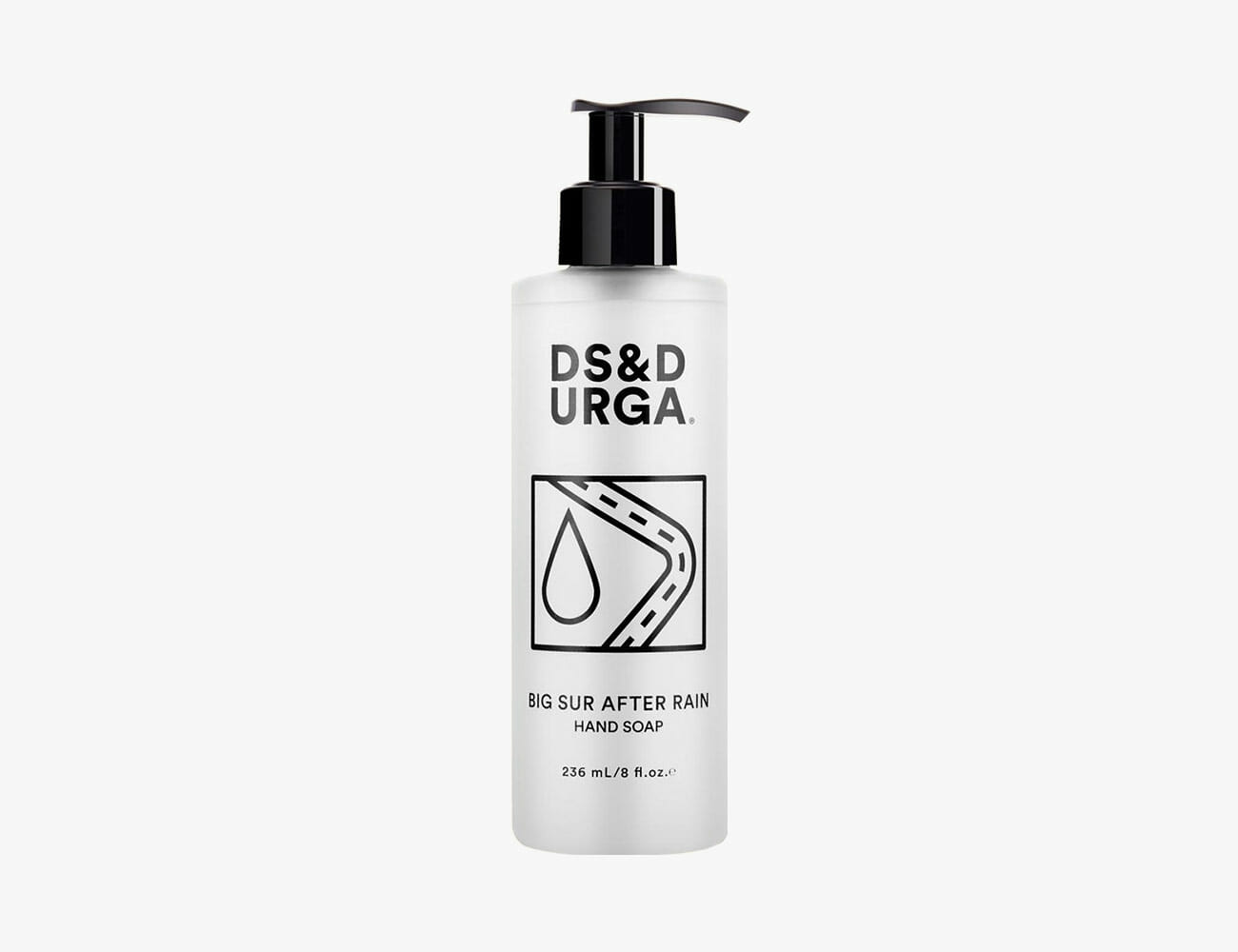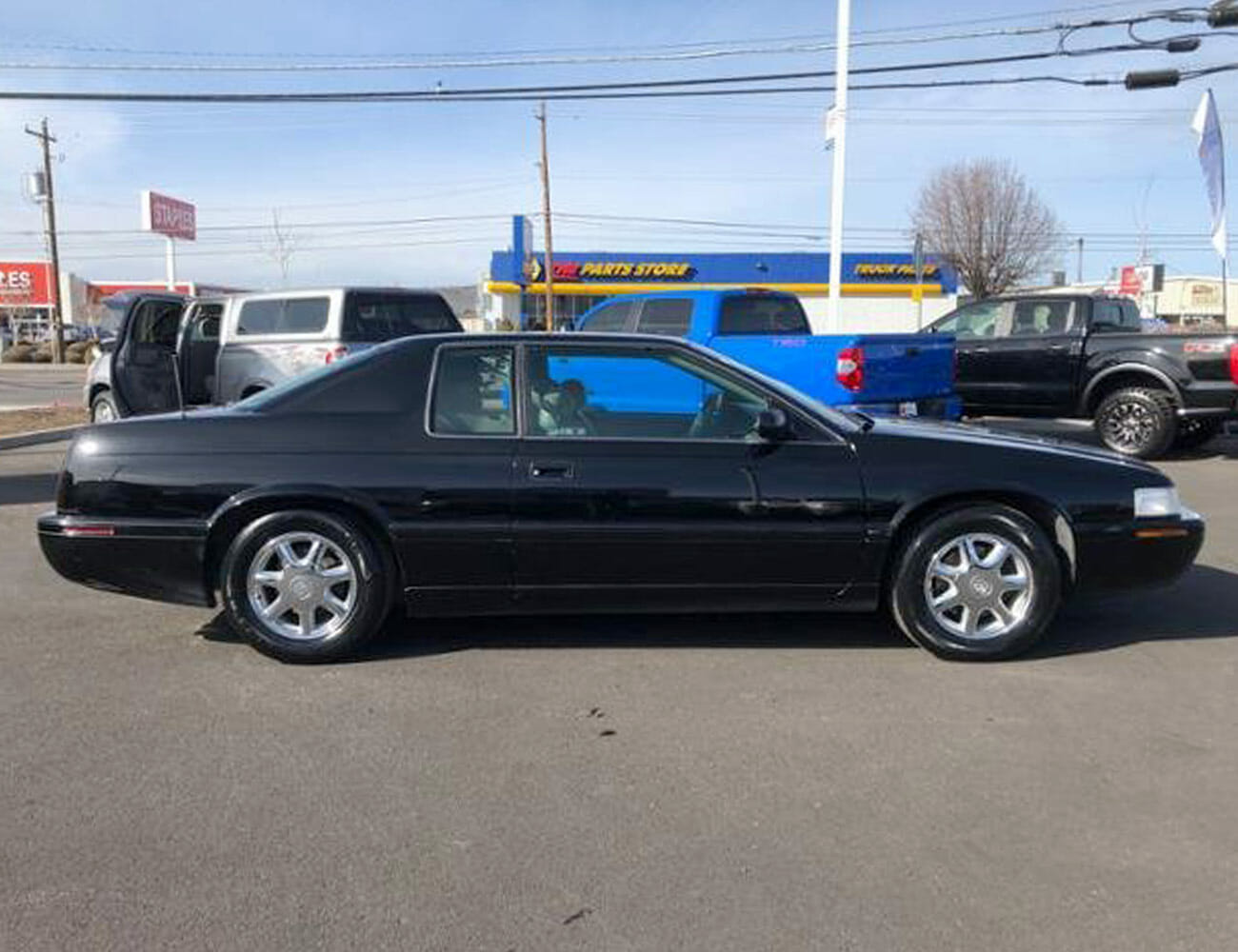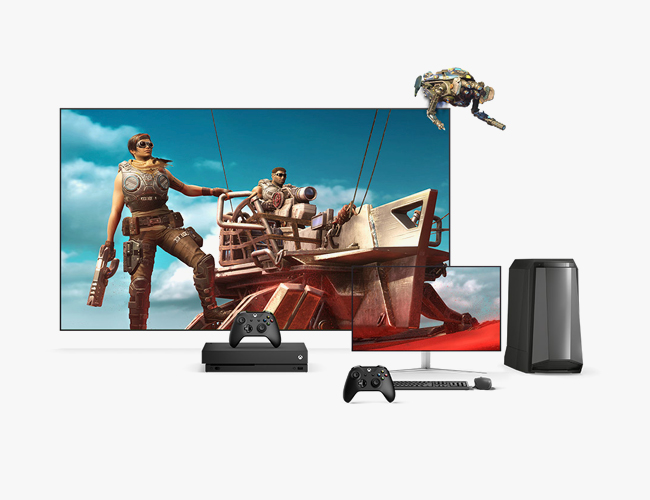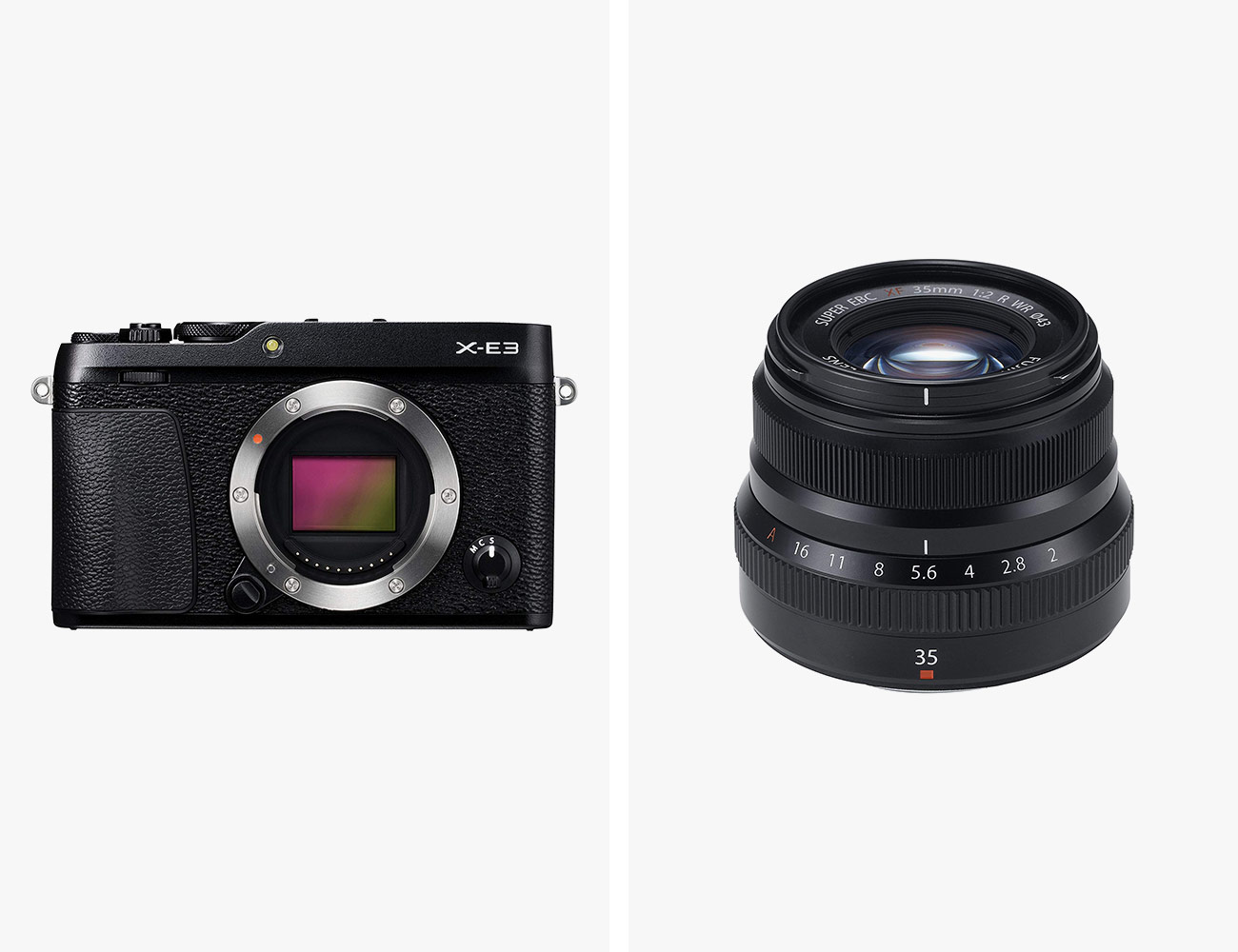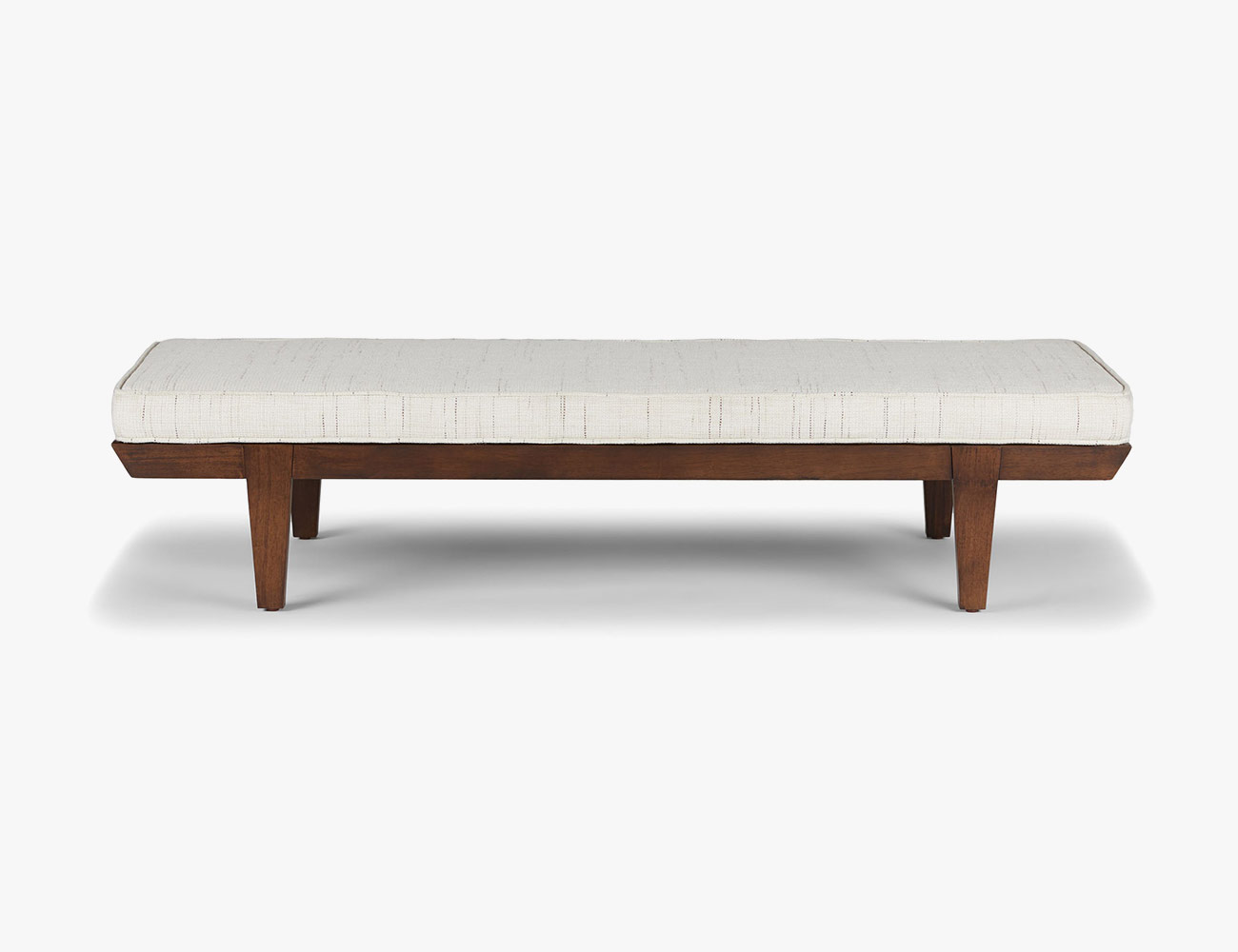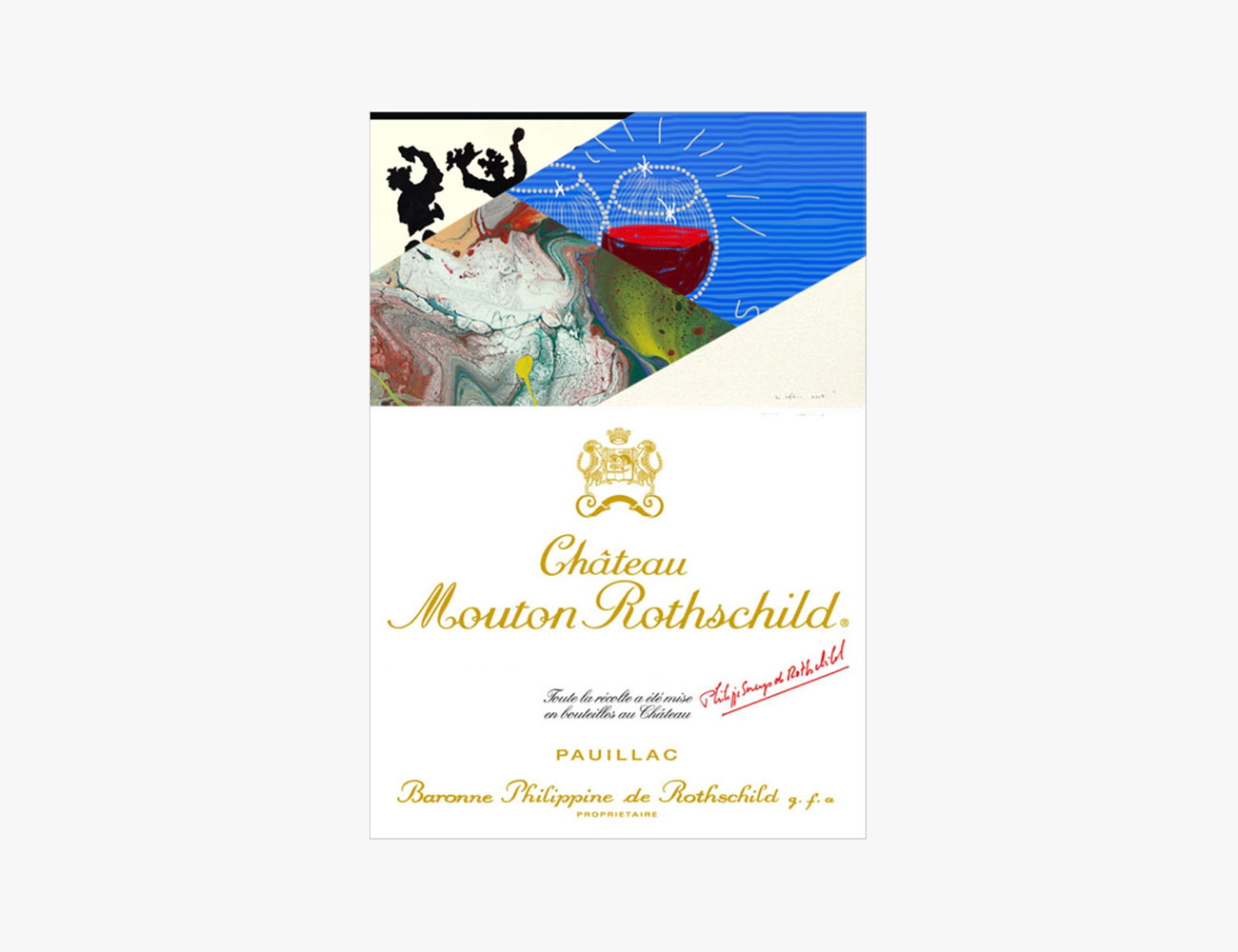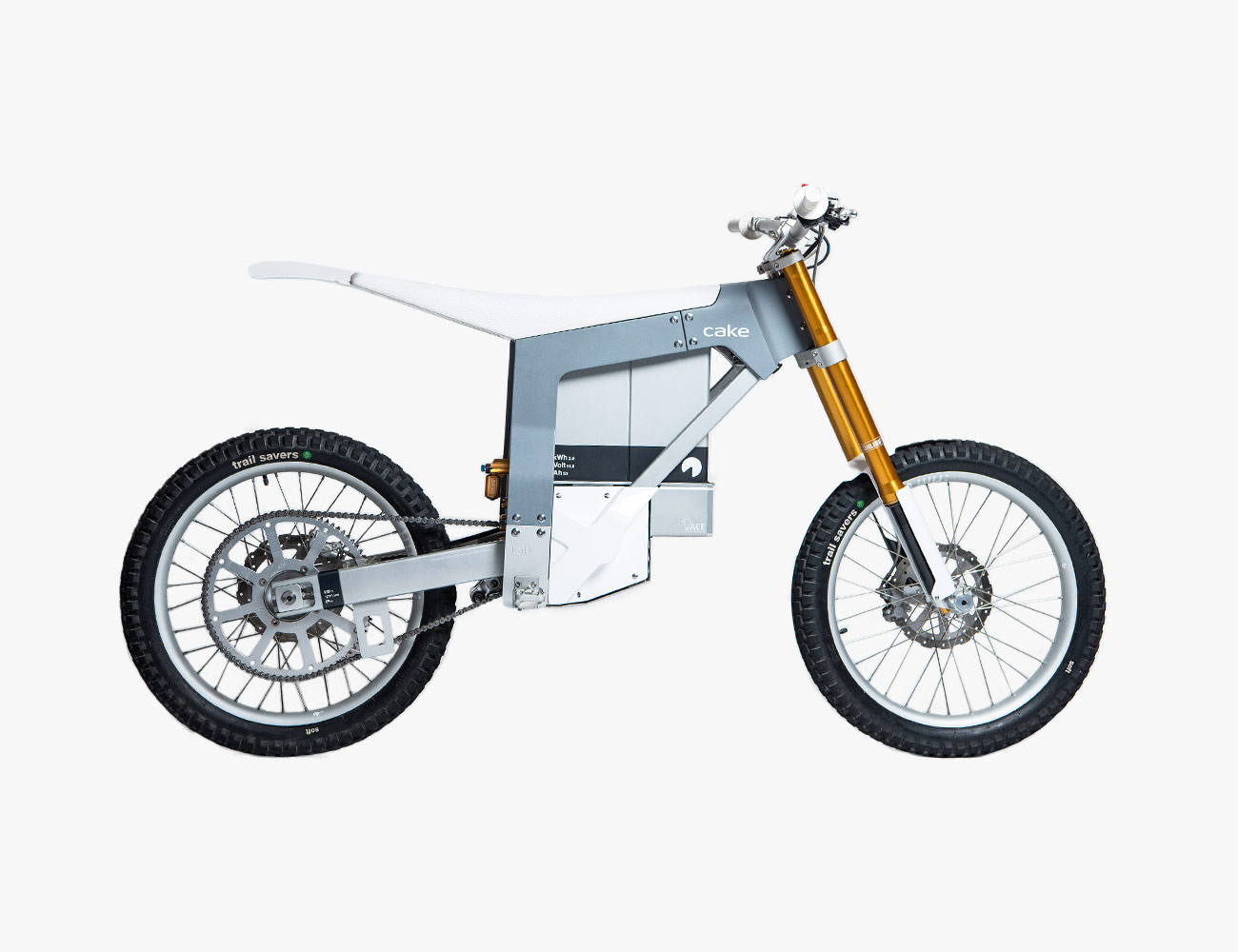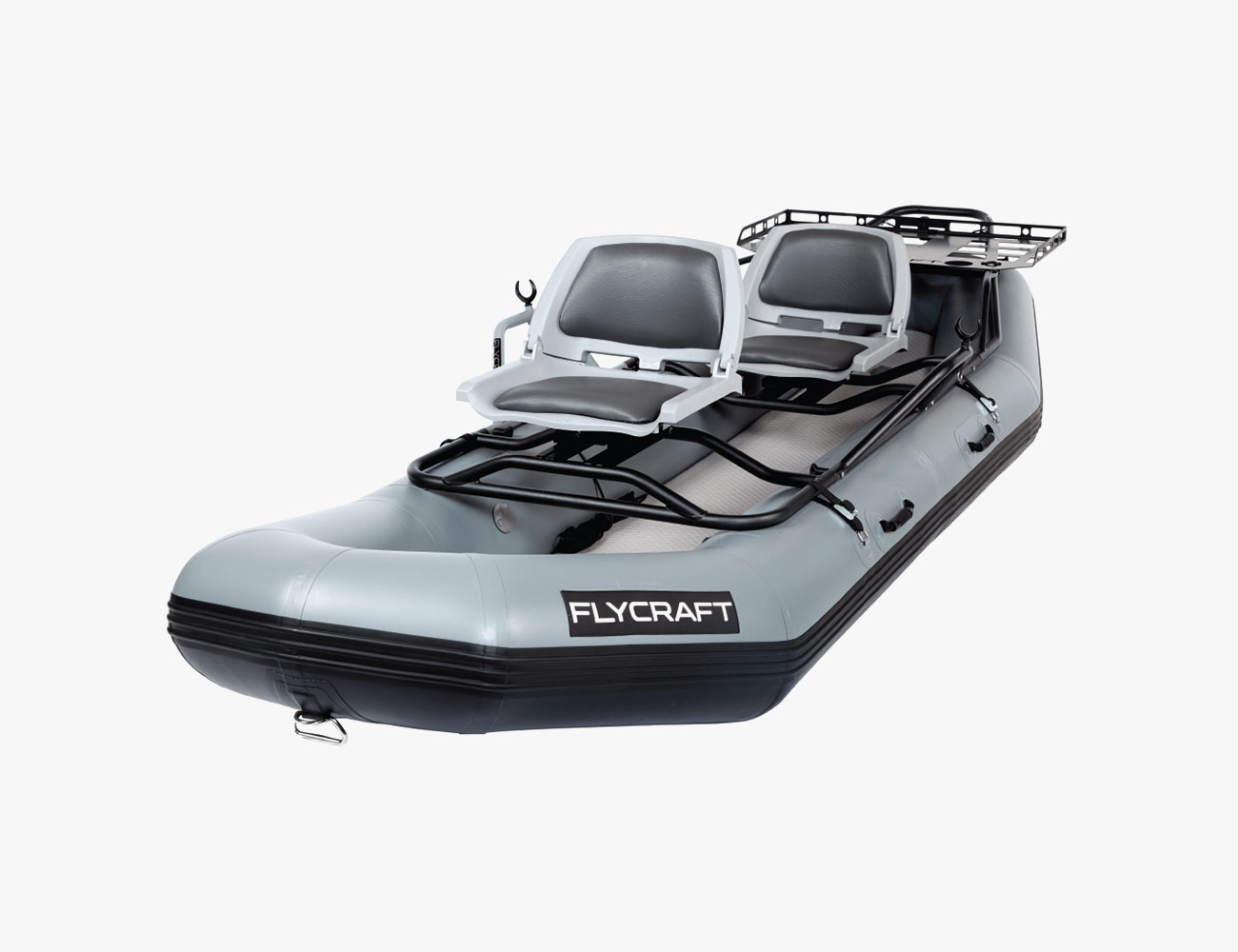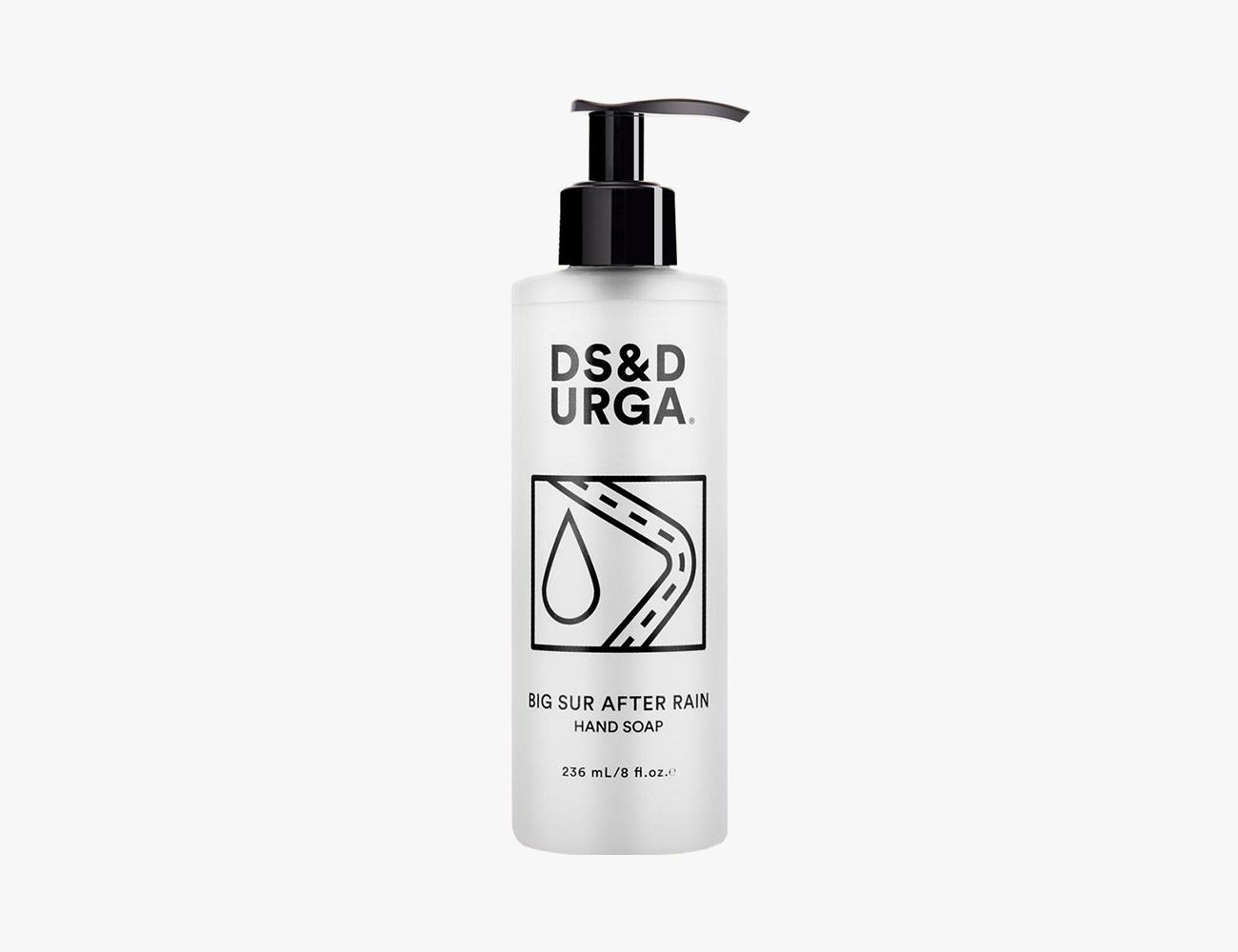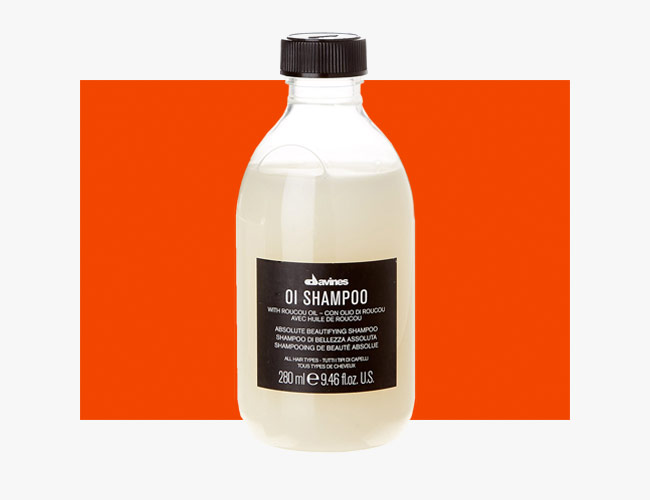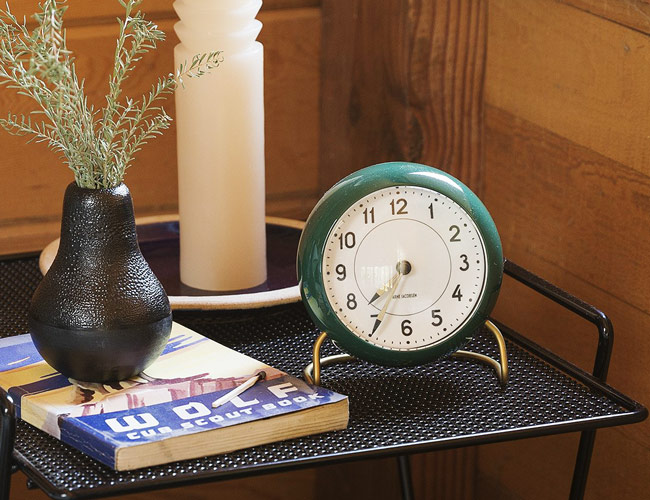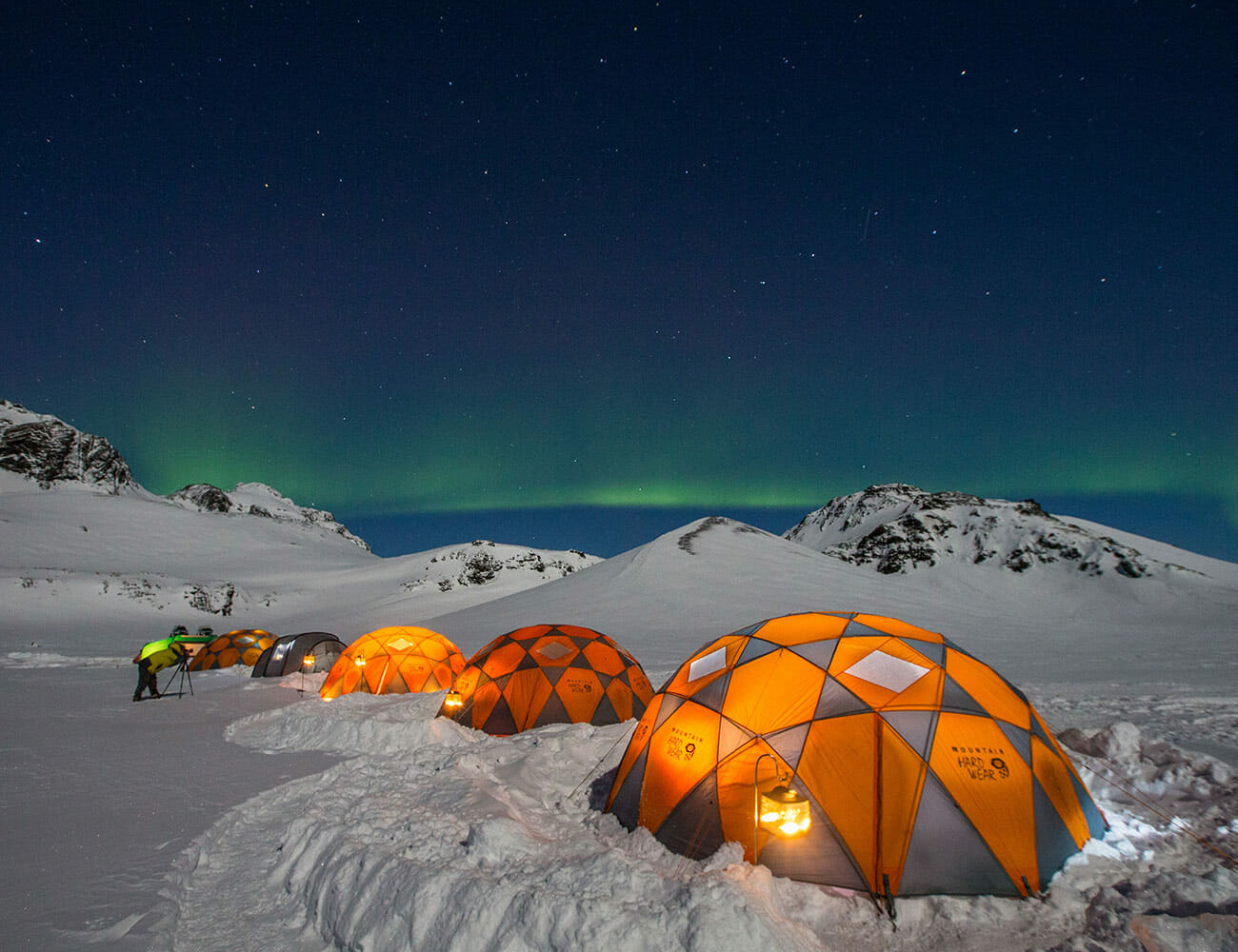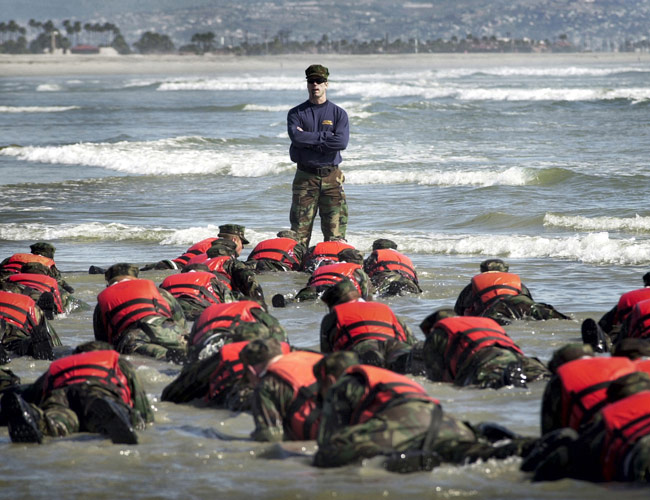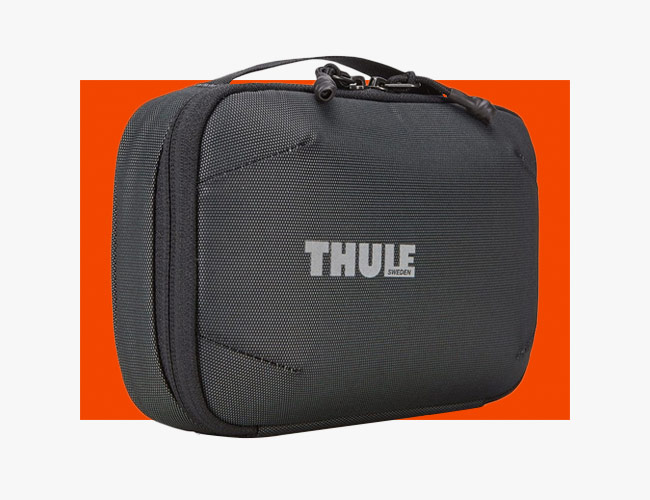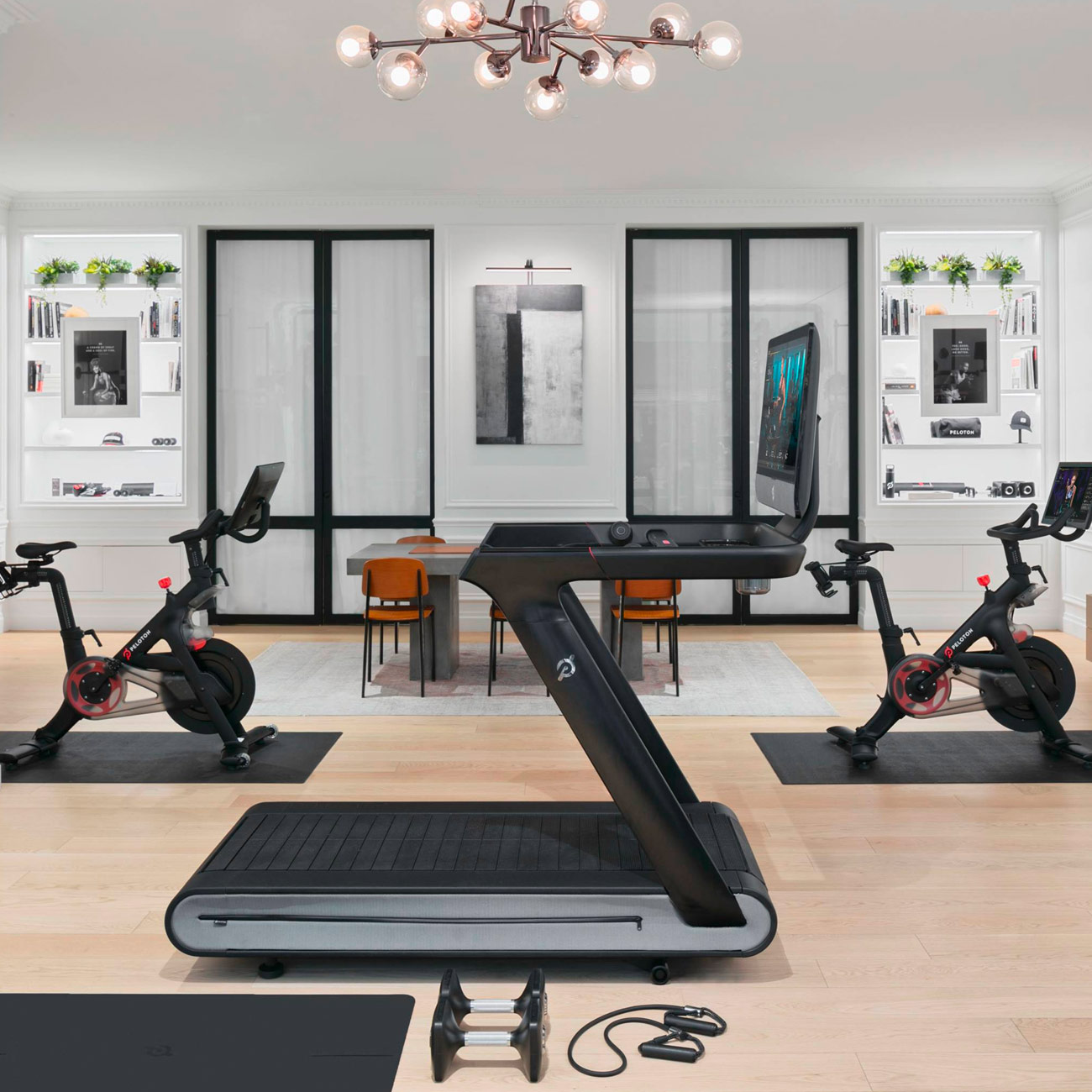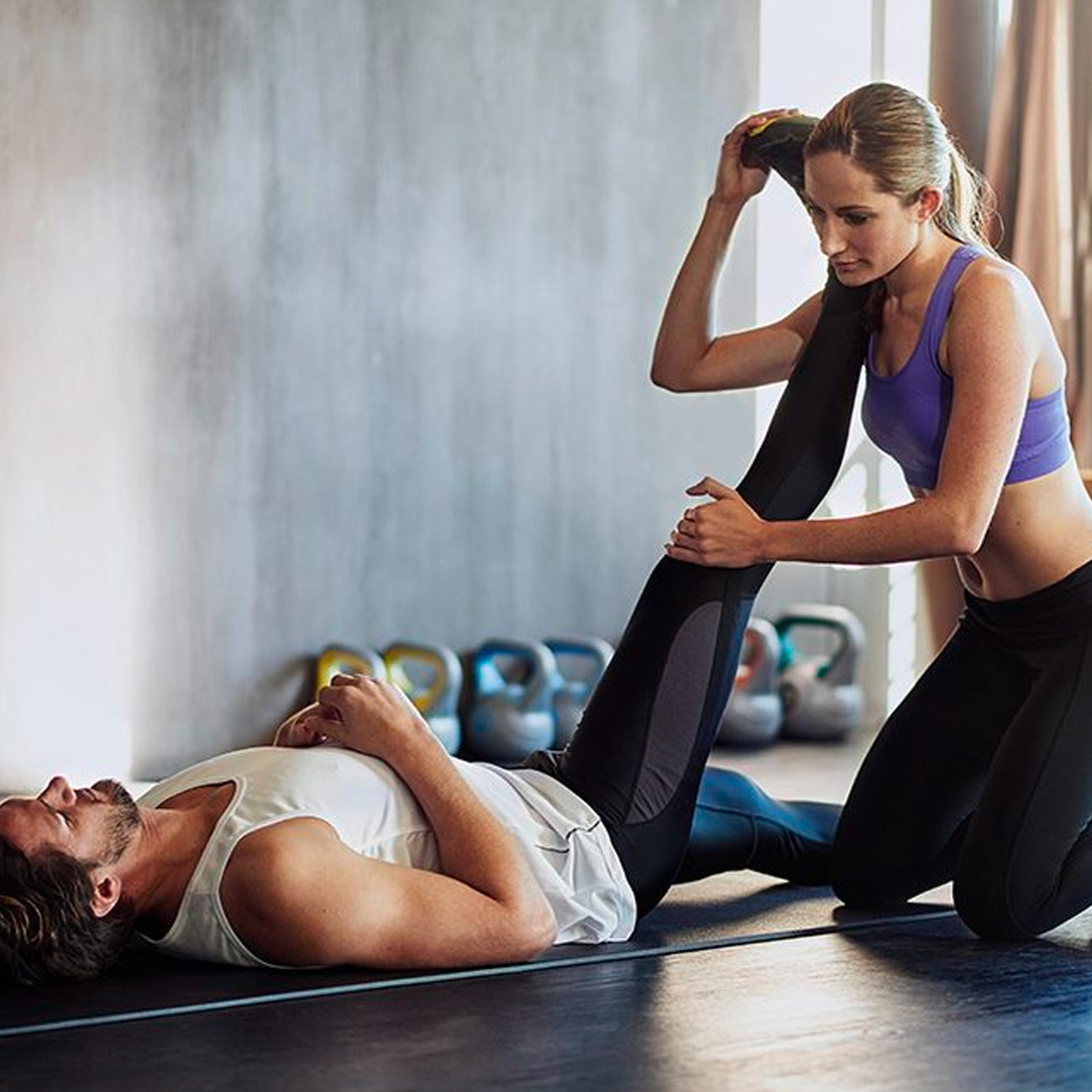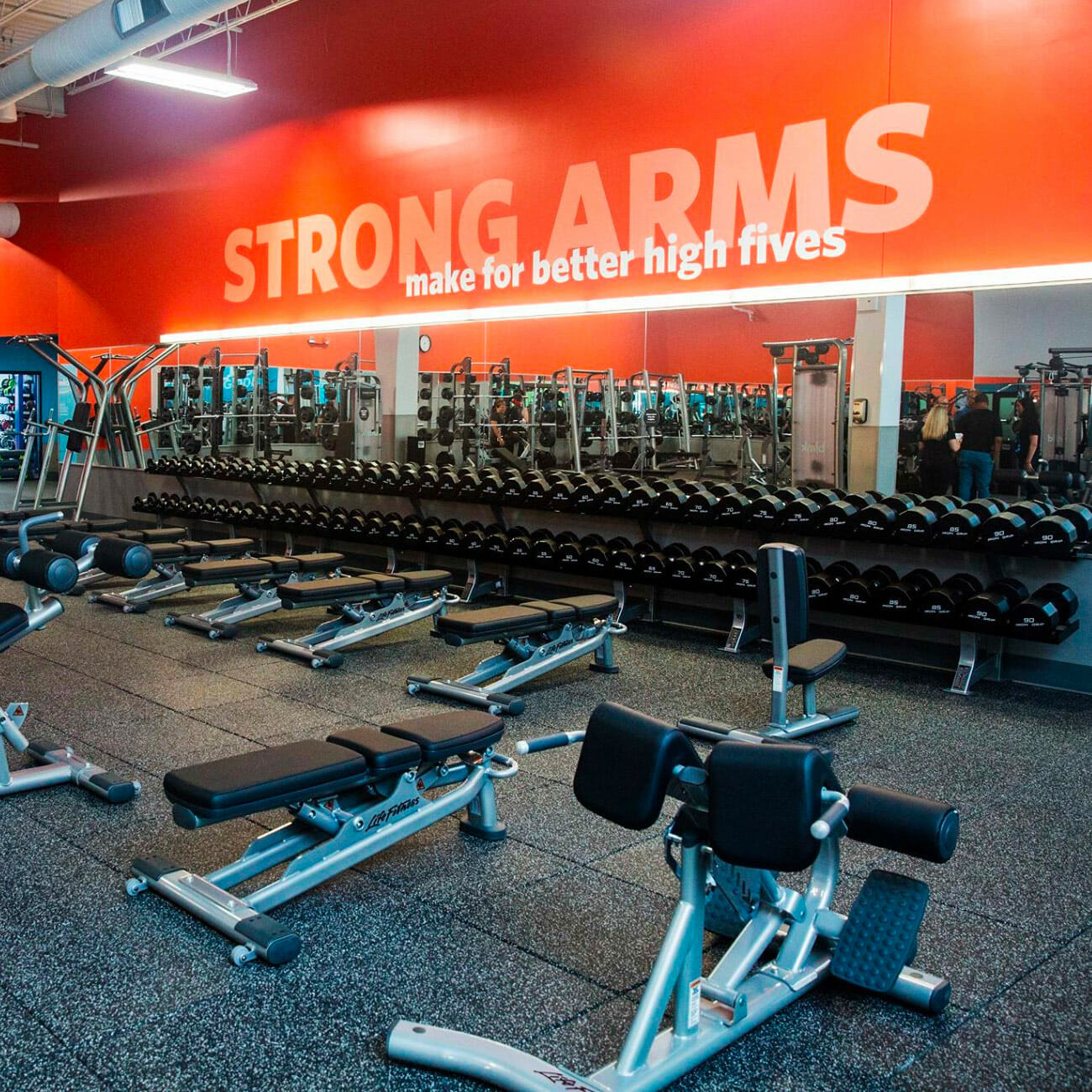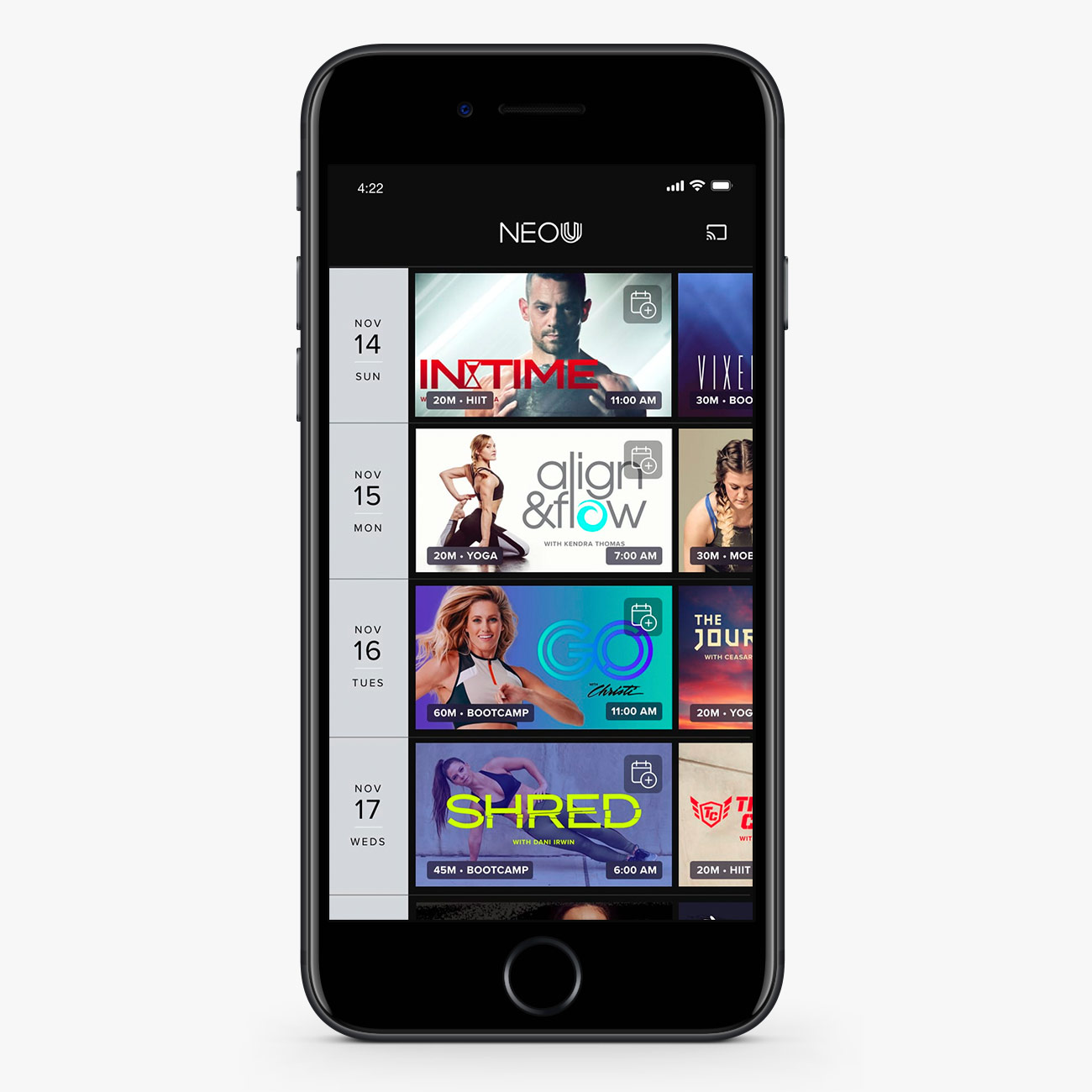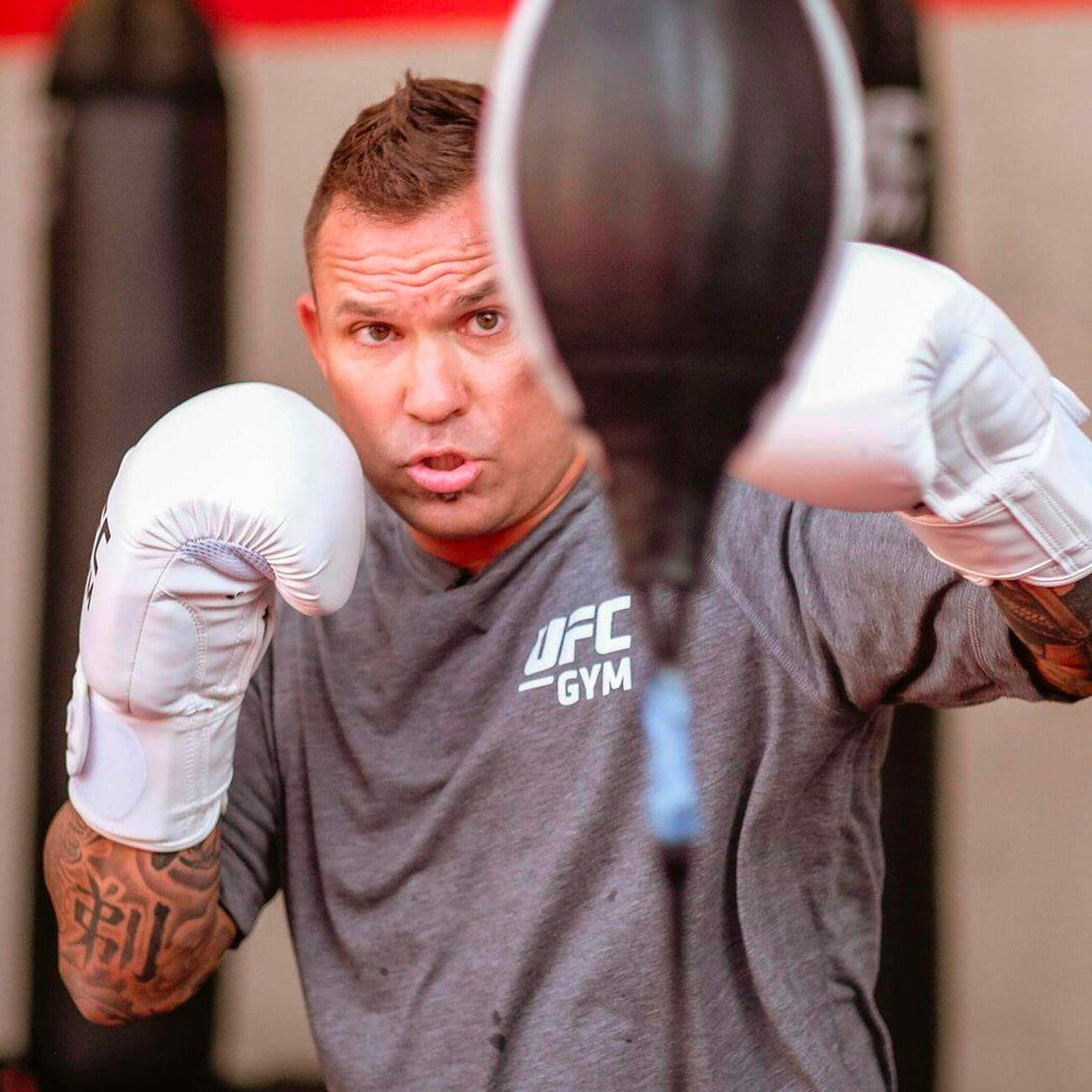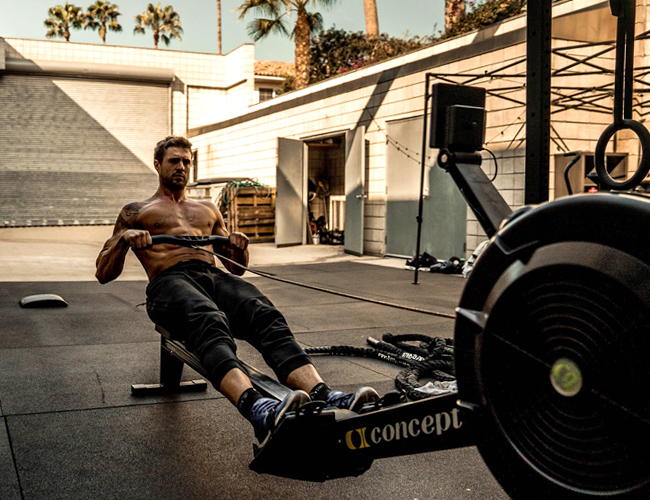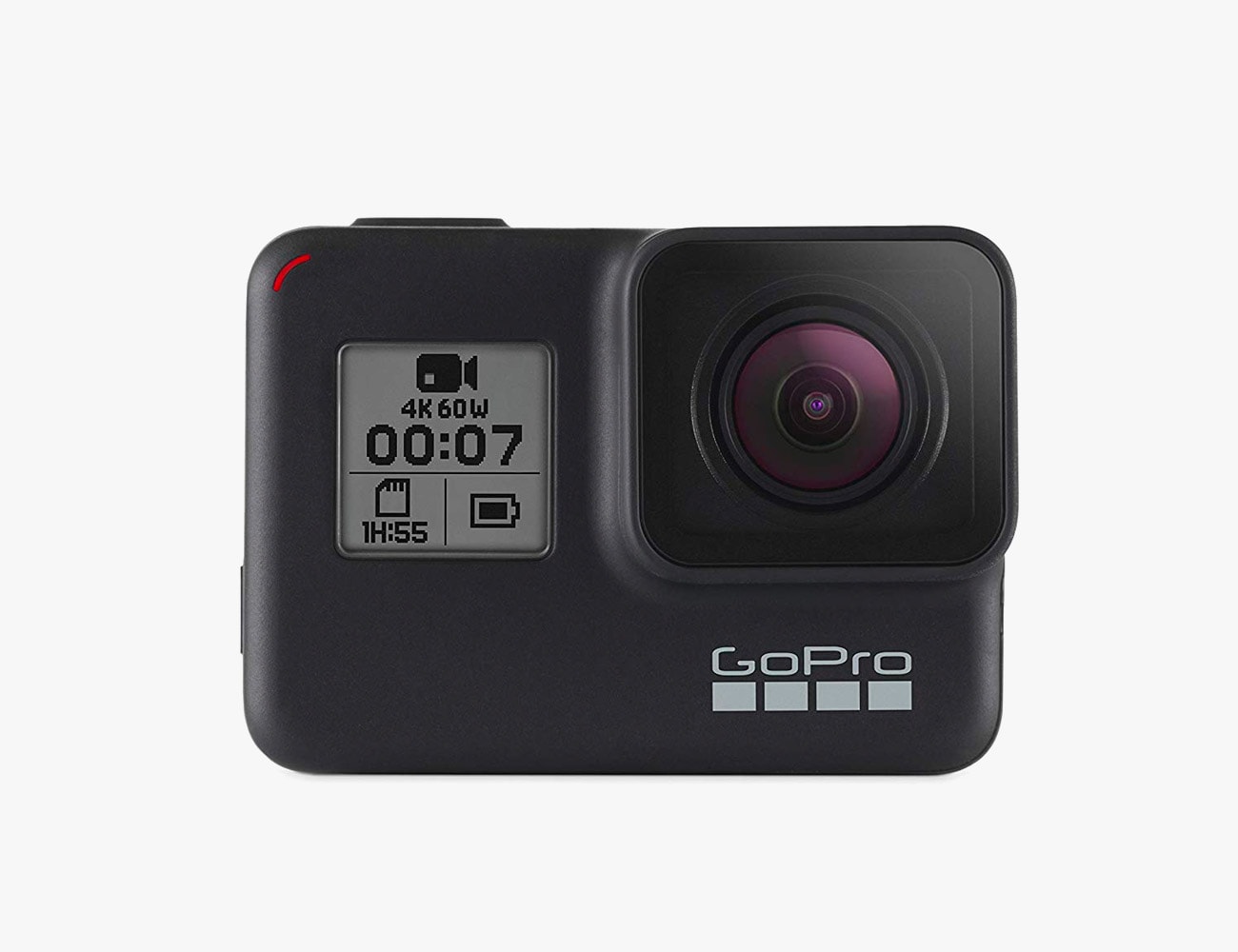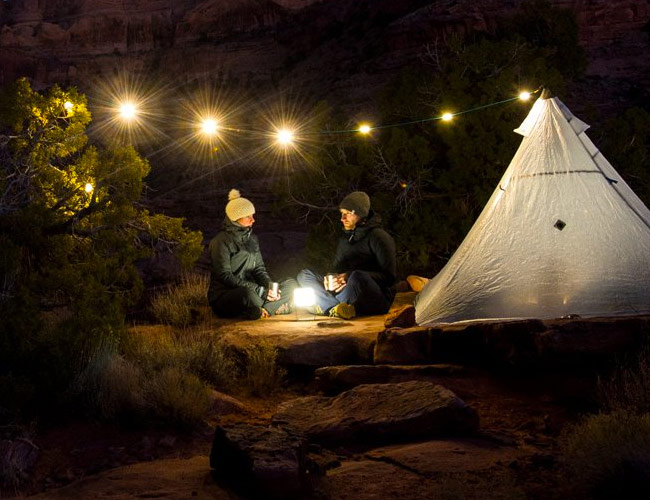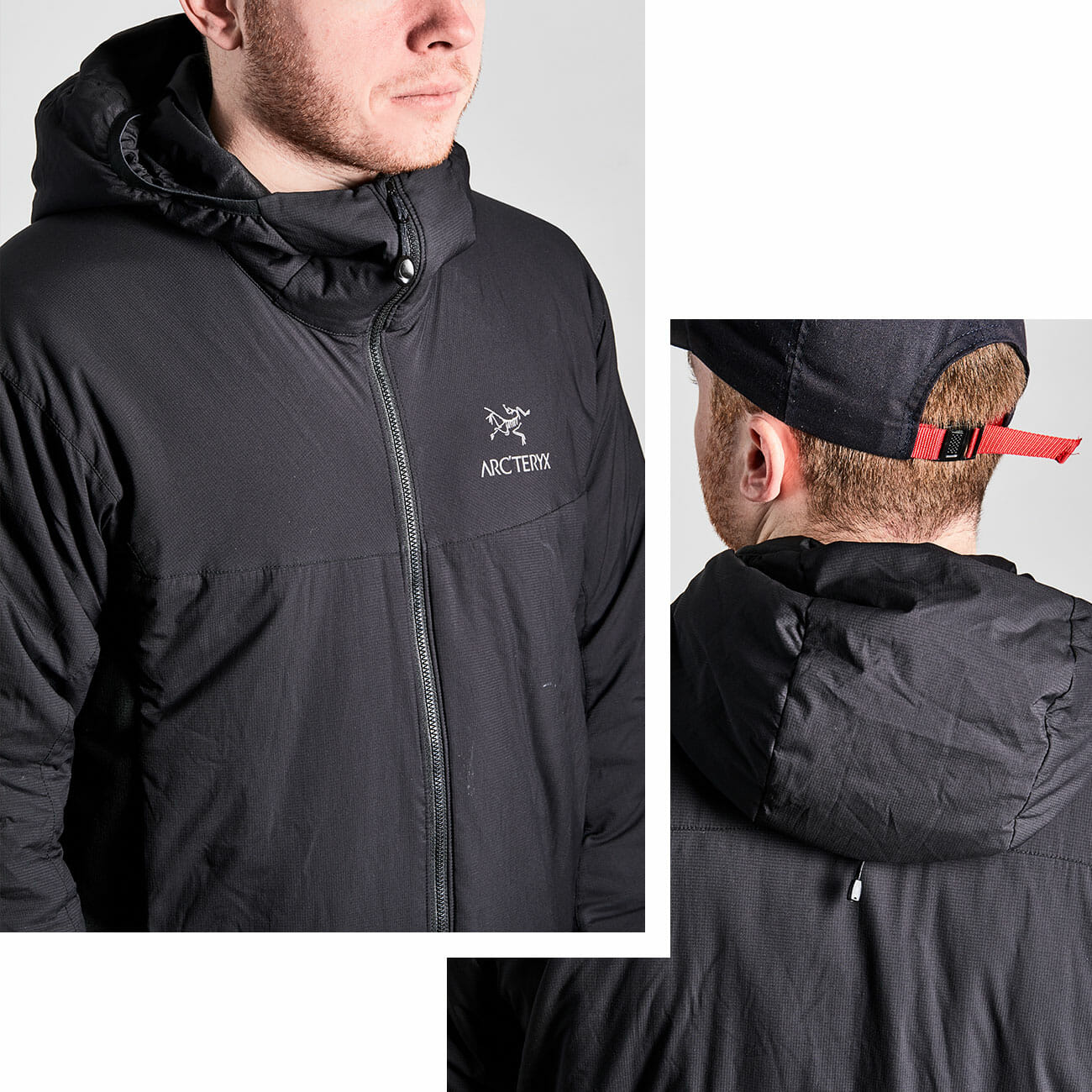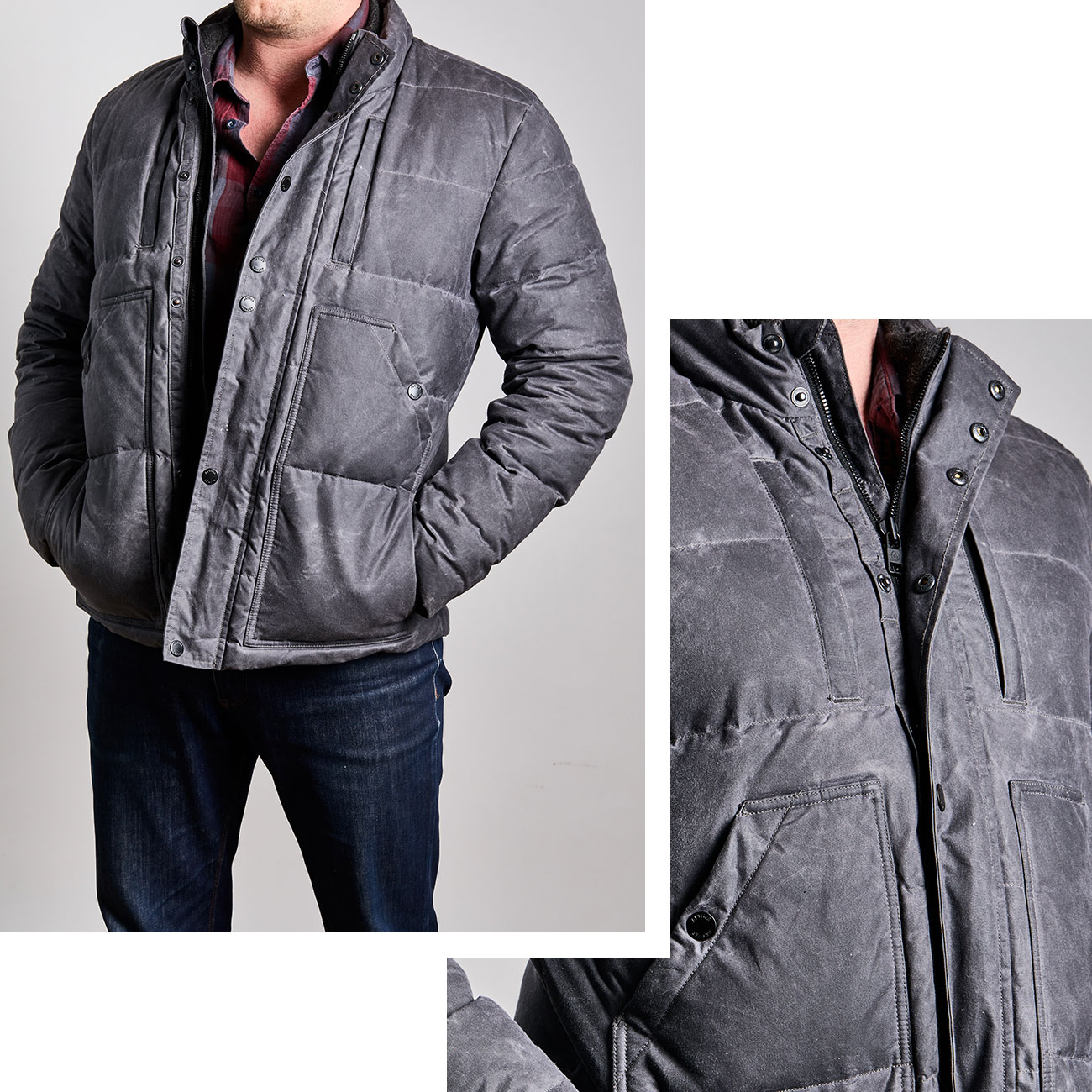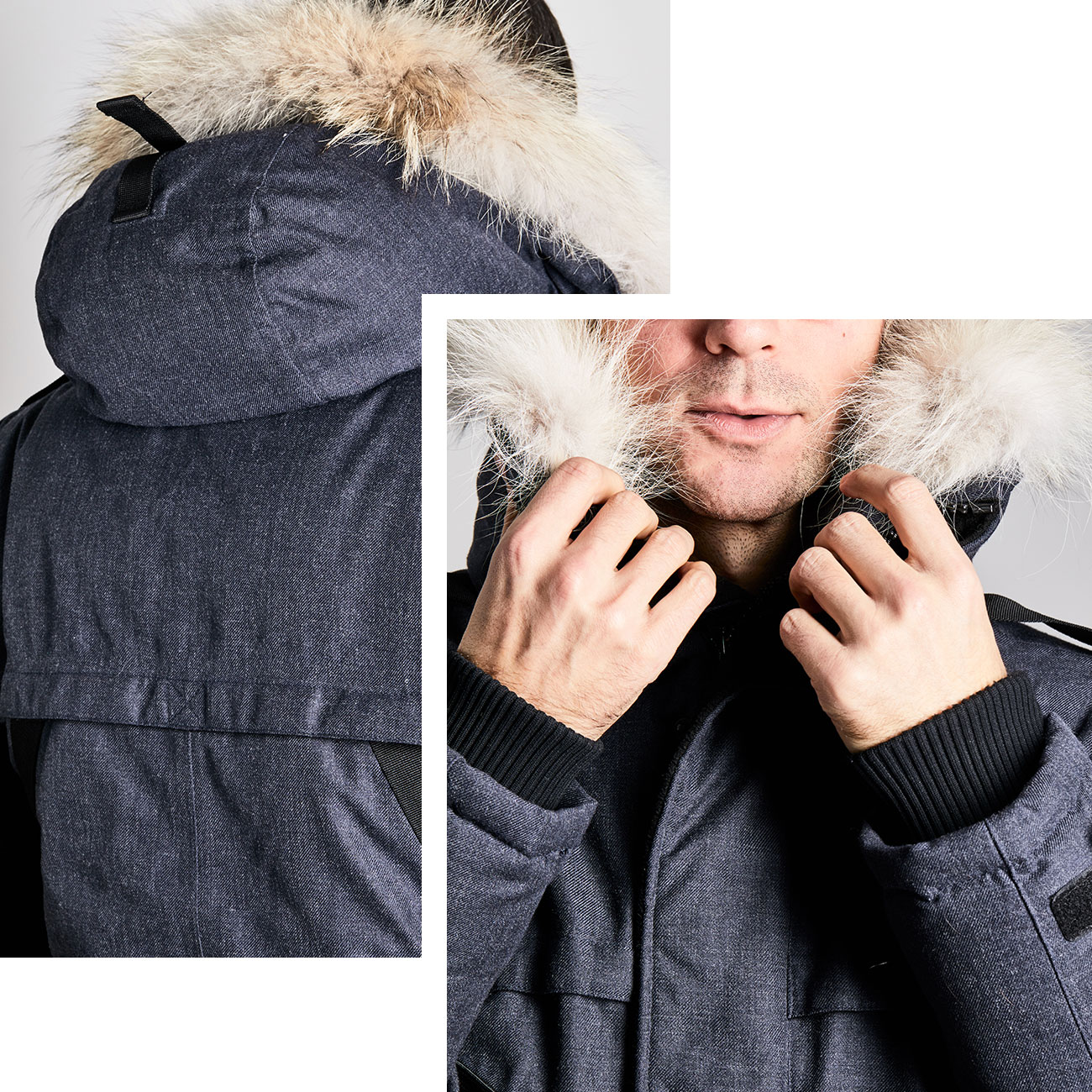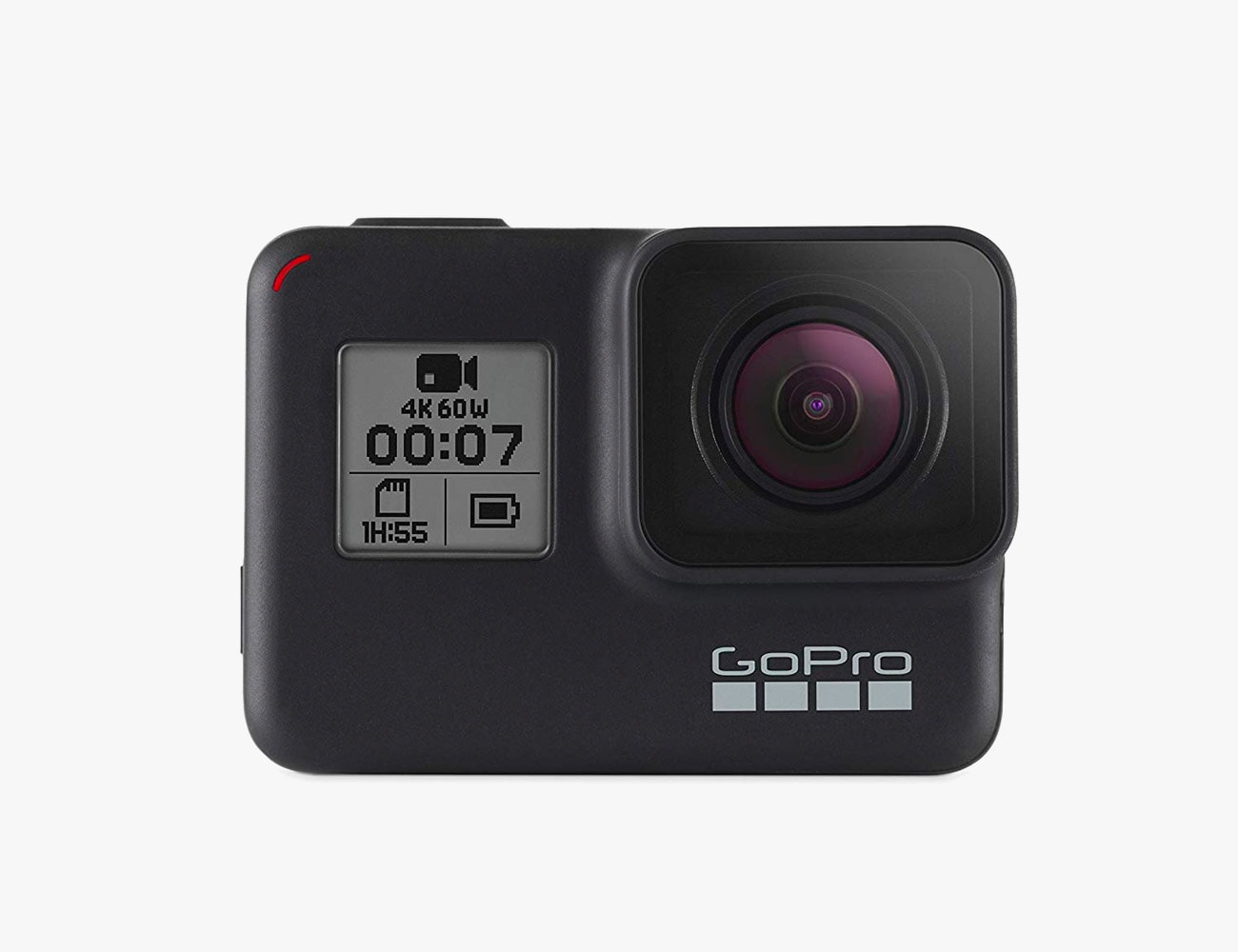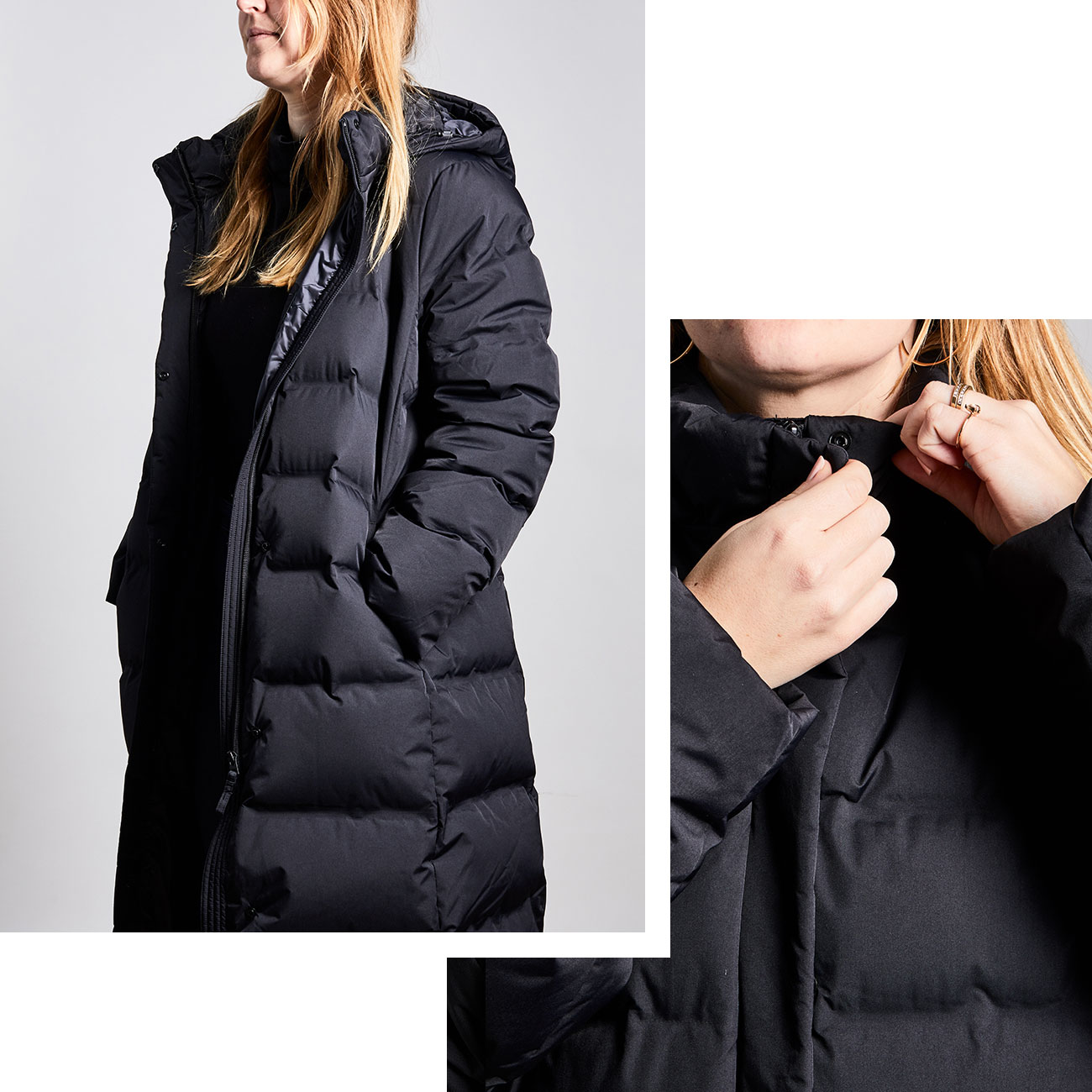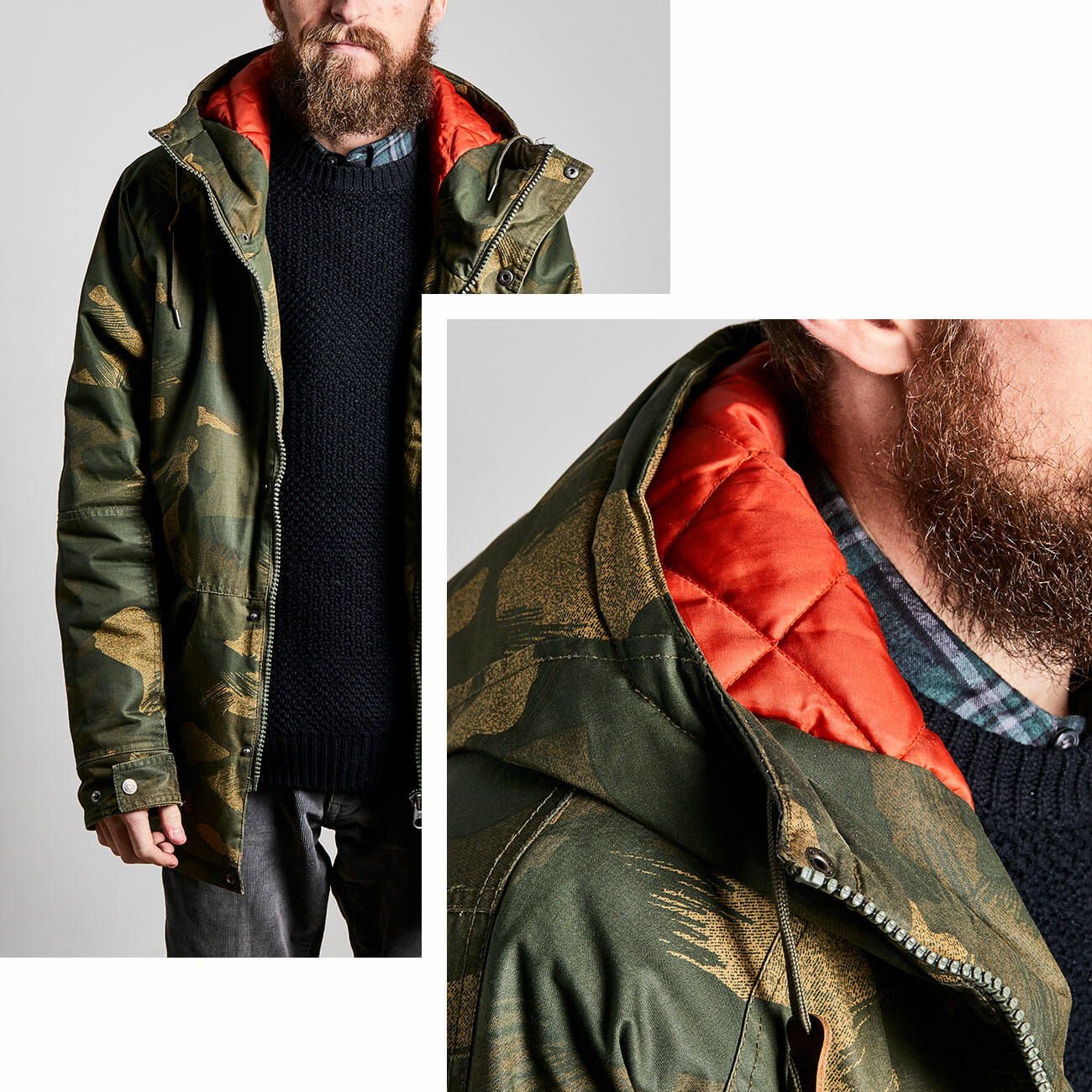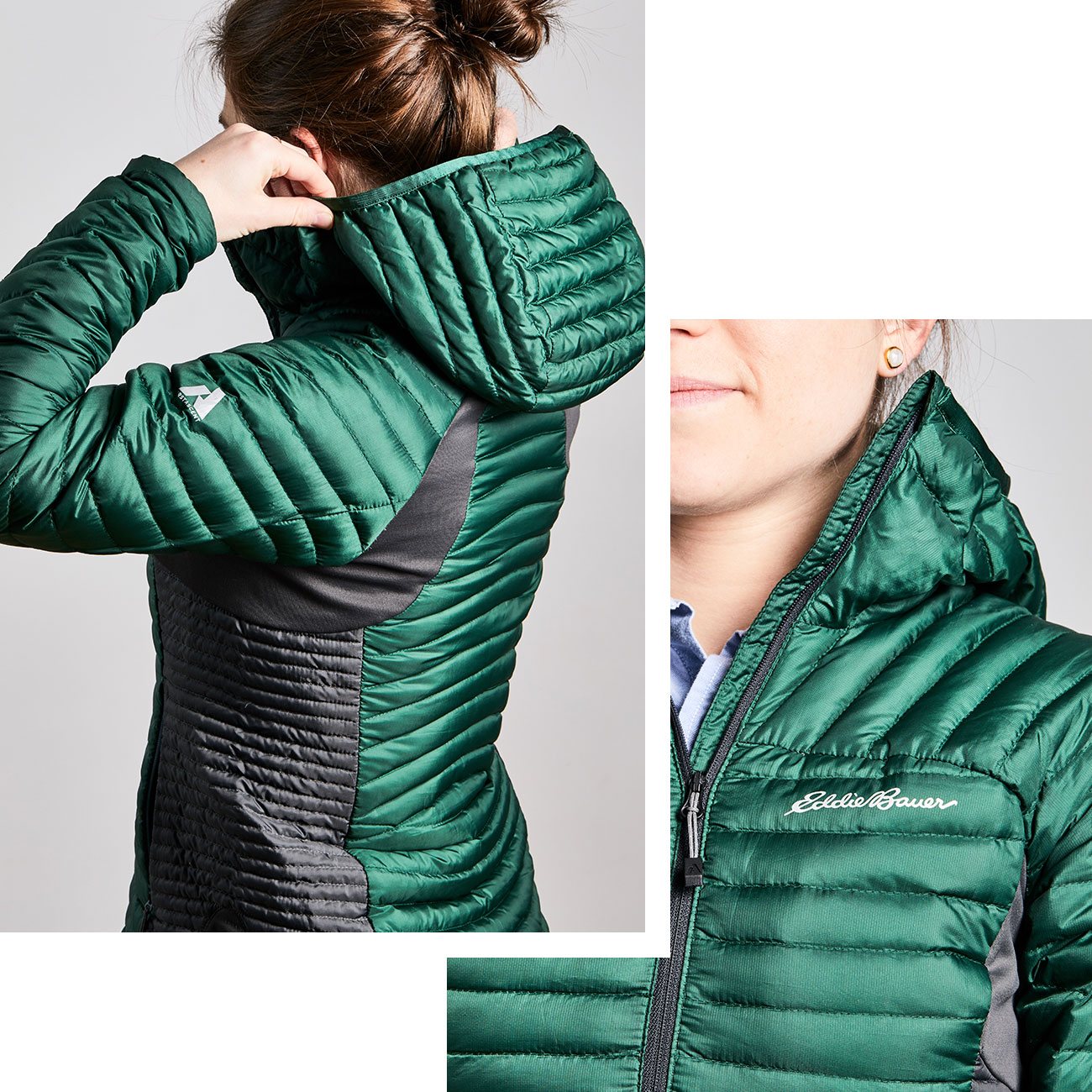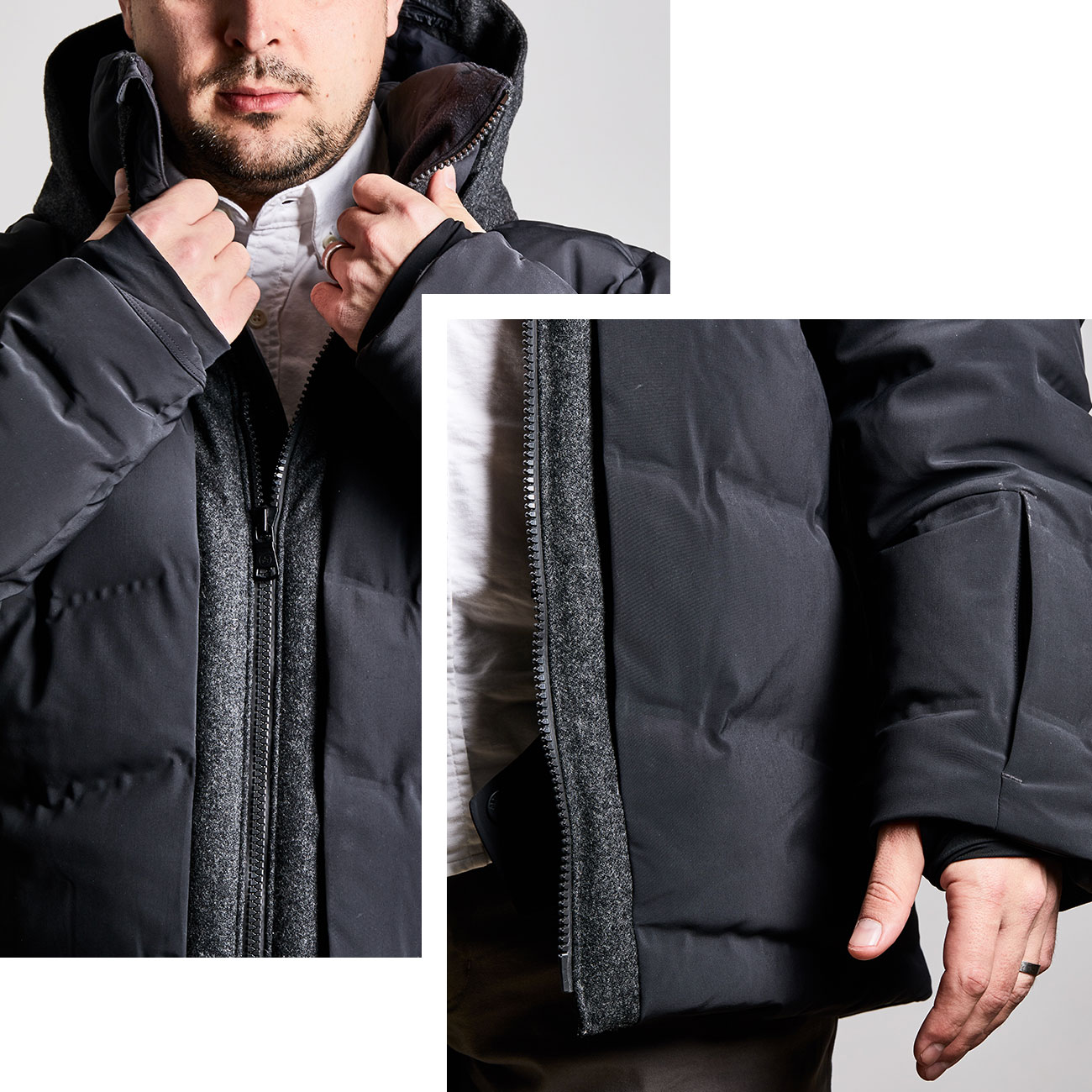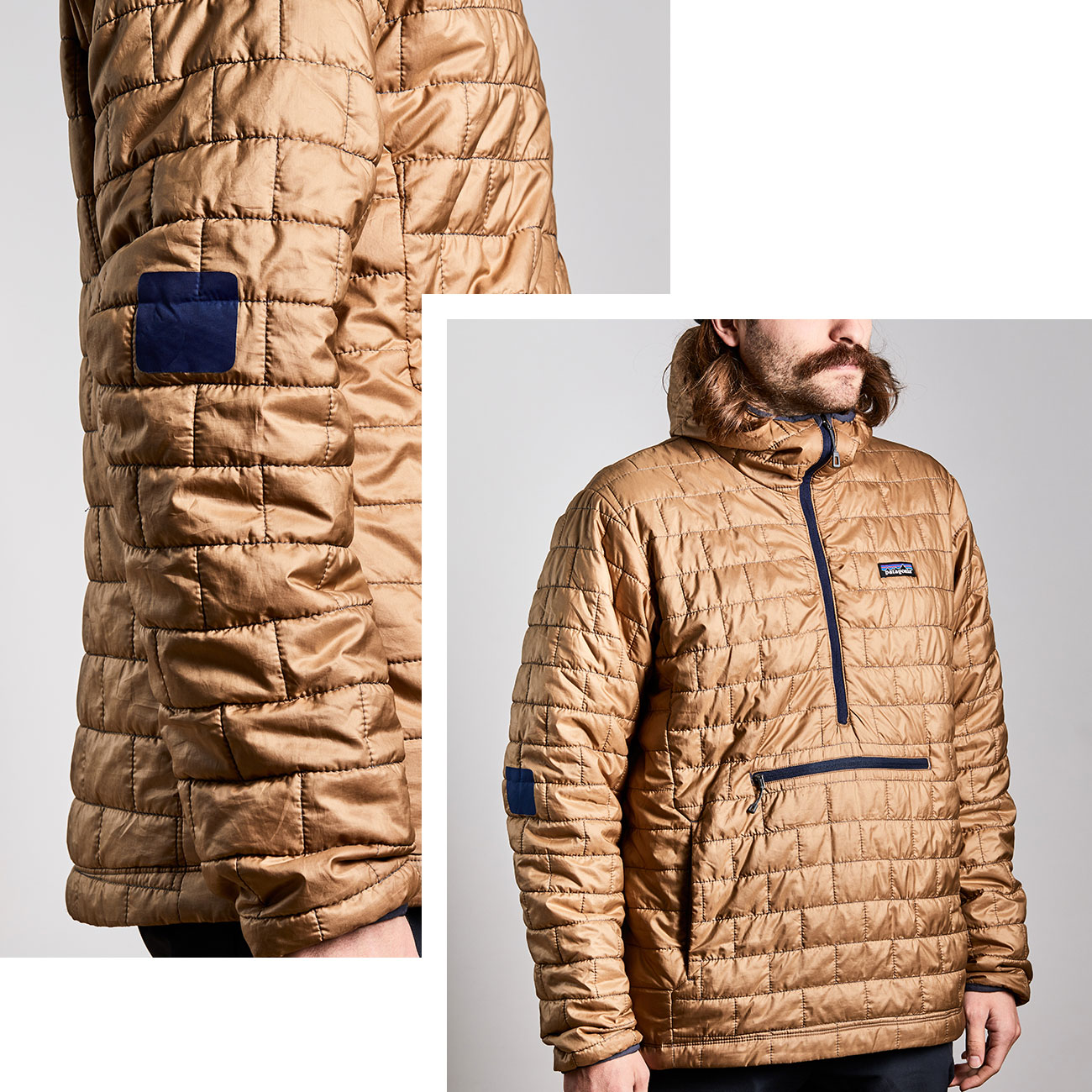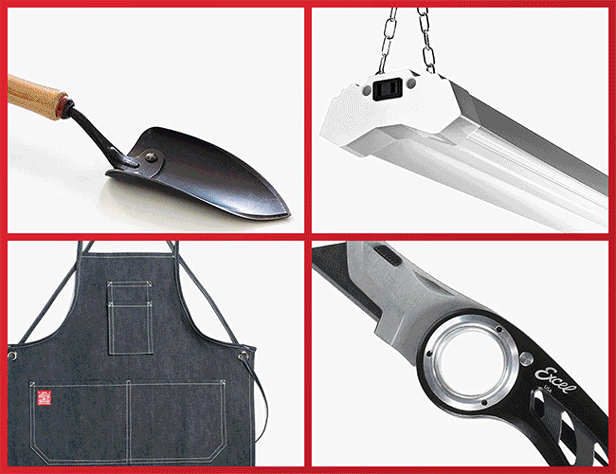12 Things We’d Blow Our 2020 Tax Refunds On
First things first: Gear Patrol in no way endorses the reckless, irresponsible, misguided practice of treating one’s tax refund as if it were free money. Stop and consider the many, many (many) sound financial instruments at your disposal before acting on impulse. But let’s put that on hold for a moment. If you’re splurging on one thing with your tax refund, what’s it gonna be? We posed the hypothetical to our staff of experts, enthusiasts and product sleuths. Here’s what they said.
Fujifilm X-E3 (35mm F/2 Lens)
“Four weeks into dog ownership and I haven’t taken a single good photo of the little one on a camera that’s not my phone. This is principally because he is physically incapable of standing still and my camera — while being a far-too-nice Leica M10 — does not have autofocus. In the interest of not letting the dog’s wonder years go undocumented, a portion of my refund will be spent on a Fujifilm X-E3 and a 35mm f/2 lens. Not only does it generally take great photos and have enough durability to become a chew toy, it also comes with autofocus.” — Henry Phillips, Deputy Photography Editor
|
Article Sente Bench
“In an obsessive hunt to find the right chairs to complete my living room, I realized that what I actually want is a comfy bench — this Article Sente Bench, to be exact. It’s deeper (and sleeker and sturdier) than most upholstered benches at this price, and with a set of bolsters, it’ll be perfect to lounge on. And since I’ve already purchased two non-returnable chairs that I hate, this bench is bookmarked as a refund-buy unless a Craigslist sale of my two chairs comes through.” — Caitlyn Shaw, Consumer Marketing Manager
Mouton Magnum Futures
“I’ve got a handful of futures earmarked for a rainy day, but a magnum or two of Mouton would be the most likely splurge with a tax refund. I’d never drink it, hell there’s a chance I’d never even see the bottle in person, but knowing I’ve got one or two sitting in a climate- and humidity-controlled room, aging away and appreciating nicely, is enough to soften the initial sticker shock.” — AJ Powell, Project Manager, Gear Patrol Studios
Cake Kalk OR Electric Motorbike
“When I get the world’s fattest tax refund, I’m headed straight for Cake’s new Kalk OR. First off, I just love how whimsical and fun and Swedish it looks. But it also features so much patent-pending development, it represents a brand-new category of two-wheeled bliss: Light Electric Off Road Motorbikes. With conscientiously crafted geometry and suspension, a whole new chassis and three different pre-set digital ride modes, the Kalk OR packs plenty of performance into a deceptively light package (about 150 pounds, including the battery). Topping out at about 50 miles per hour, this beauty promises plenty of thrills bouncing over rocks and dirt on sunny Saturday afternoons.” — Steve Mazzucchi, Editor, Outdoors & Fitness
FlyCraft Inflatable Raft (Stealth Fisherman Package)
“The FlyCraft inflatable raft with the Stealth Fisherman package. These agile and super light boats are able to crush all types of water and can float big rivers to large streams. Of course, I would need there to be some return left over for storage…maybe I can keep it on the roof of my pre-war building on the UES? All jokes aside, having my own boat would increase fishing options throughout the year tenfold.” — Jacob Sotak, Content Director, Gear Patrol Store
D.S. & Durga “After Rain” Hand Soap
“If you would kindly come down from your high horse and stop judging a hand soap unworthy of the term ‘splurge’ or the idea of treating yourself, that’d be great. I indulge in a number of pricey vices that sop up my expendable income, but I would never, under normal circumstances, drop more than a few dollars on hand soap. Under. Normal. Circumstances. This is not one, so I’ll gladly cop a hand soap that makes every day just a little better and distracts friends visiting my 500-square-foot apartment.” — Will Price, Assistant Editor, Home & Design
2002 Cadillac Eldorado ETC
Photo: via Autotrader
“The Cadillac Eldorado is perhaps the epitome of the ‘old man car,’ yet for some reason, I’ve always quietly wanted a black-on-black example. Maybe it’s the powerful V8 beneath the hood that makes highway cruising a breeze; maybe it’s that few cars can match an old-school Cadillac coupe for interior space for a six-foot-four driver; maybe it’s just the fact that, in that colorway, people are apt to assume you’re a mobster when they see you driving down the Jersey Turnpike. But the fact that you can snag a nice one for cheap these days means I’d grab one in a heartbeat with my tax break.” — Will Sabel Courtney, Editor, Motoring
Mamiya RZ67 Medium Format Camera
“As someone who suffers from severe impulsive purchasing decisions, I was somewhat patient in buying my Mamiya RZ67 Medium Format camera, waiting for the greater part of a year to take the plunge. It was purchased within hours of receiving my tax return and I couldn’t be more excited about it.” — Brenden Clarke, Multimedia Producer
West Elm Industrial Storage Coffee Table
“I’ve come dangerously close to buying this bad boy on numerous occasions. Whenever there’s a deal on one, I’ll add it to my cart only to realize that shipping costs drive it up back up to MSRP. Then I’ll find a discounted one on Craigslist, but get turned off by the idea of hauling it back from Jersey or deep, deep Brooklyn. Maybe this will be the year where I’ll finally pull the purchasing trigger? But I suspect, depressingly, I’ll find an excuse to wait just a little bit longer.” — Tucker Bowe, Tech Writer
Gran Mitla Sal de Gusano
“Tax refunds are a good excuse to buy something that wouldn’t make it into your monthly budget. For me, it’s a case of Sal de Gusano — a dozen 100g bottles of Oaxacan salt, blended with toasted and ground agave worms and chile costeño. The agave worms give this spicy salt an earthy, smoky flavor that is unreplicable. Pairs great with mezcal, fruits and other weeknight necessities.” — John Zientek, Associate Editor, Style
Eyevan 7285 756 Sunglasses
“I put a lot of care into picking out eyewear. Besides correcting my vision, glasses and sunglasses add another dimension to my personal style. Before I even started at Gear Patrol, I read our style editor’s article on why the best sunglasses come from Japan. The Eyevan 756 sunglasses really stuck out to me, but with a price tag of $470, it was hard to bite the bullet. Plus, I have to get the lenses swapped out for a pair with my prescription. This year, with my tax return, I think I’ll take the plunge. And I found a great website called Lensabl to swap out the lenses for a really reasonable price.” — Tyler Chin, Editorial Associate, Editorial Operations
Rent the Runway Membership
“Ever since I discovered Rent the Runway last year, I’ve been scheming up ways to get access to it every single month. I’m not someone who likes to shop, and I’ve found RTR to be the easiest way to get dressed every morning. Plus, it saves me lots of laundry and keeps the clothes I do own in tip-top shape. With an unlimited membership, I get 4 pieces (coats, pants, shirts, accessories), which make shopping for wedding season way less stressful, and getting ready for work is a breeze. While $159 a month is a bit pricey, tax returns make it very possible for the foreseeable future.” — Meg Lappe, Editorial Coordinator
Nothing
“I owe the government money.” — Oren Hartov, Associate Editor



